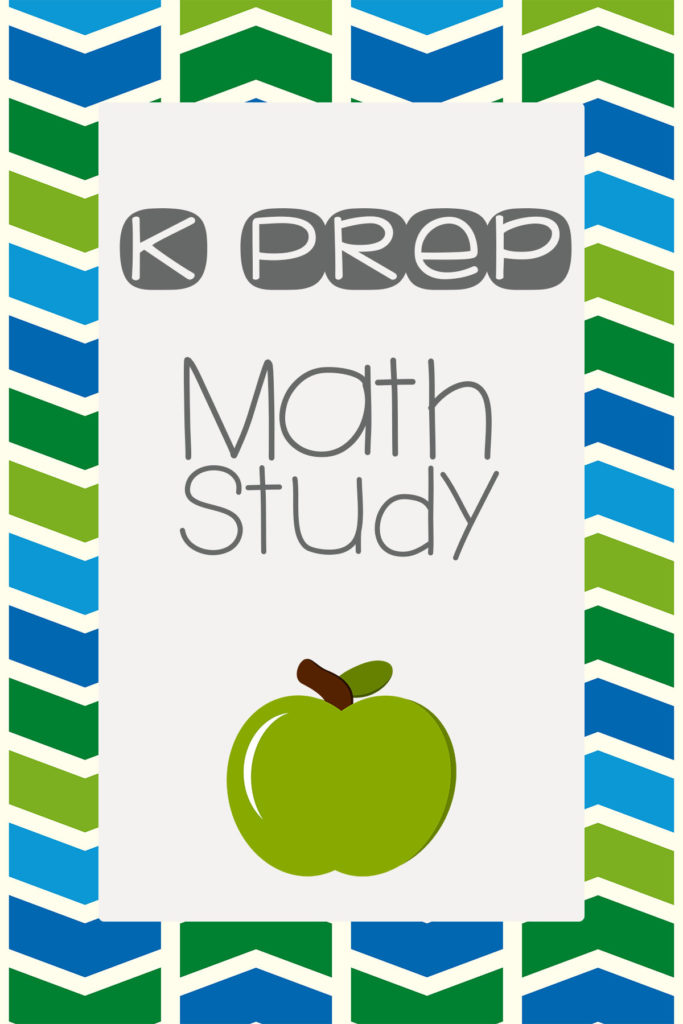
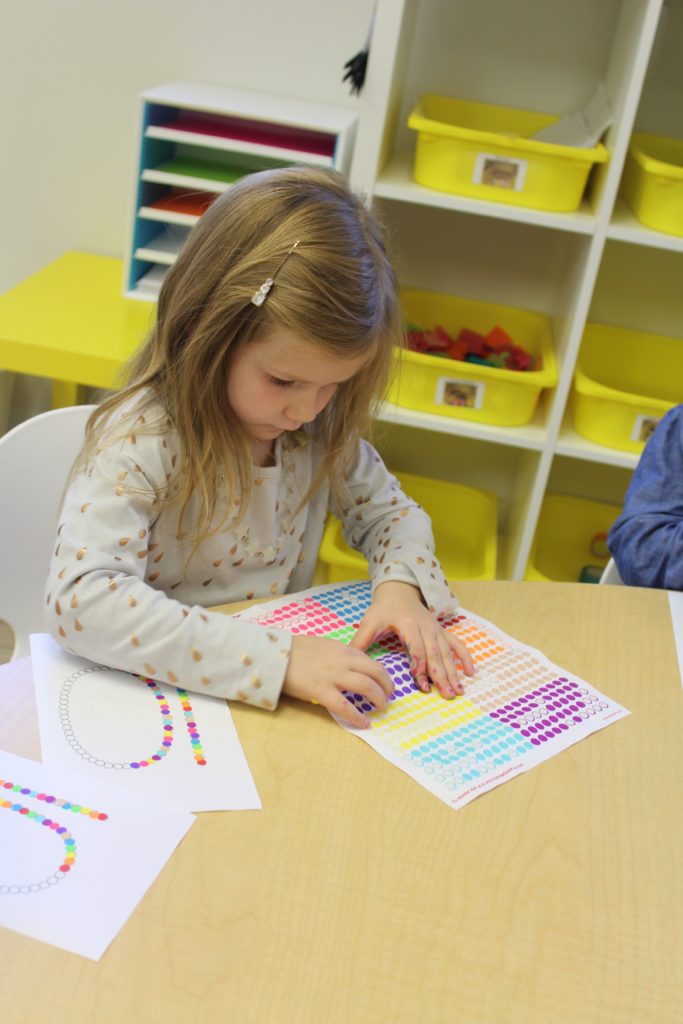
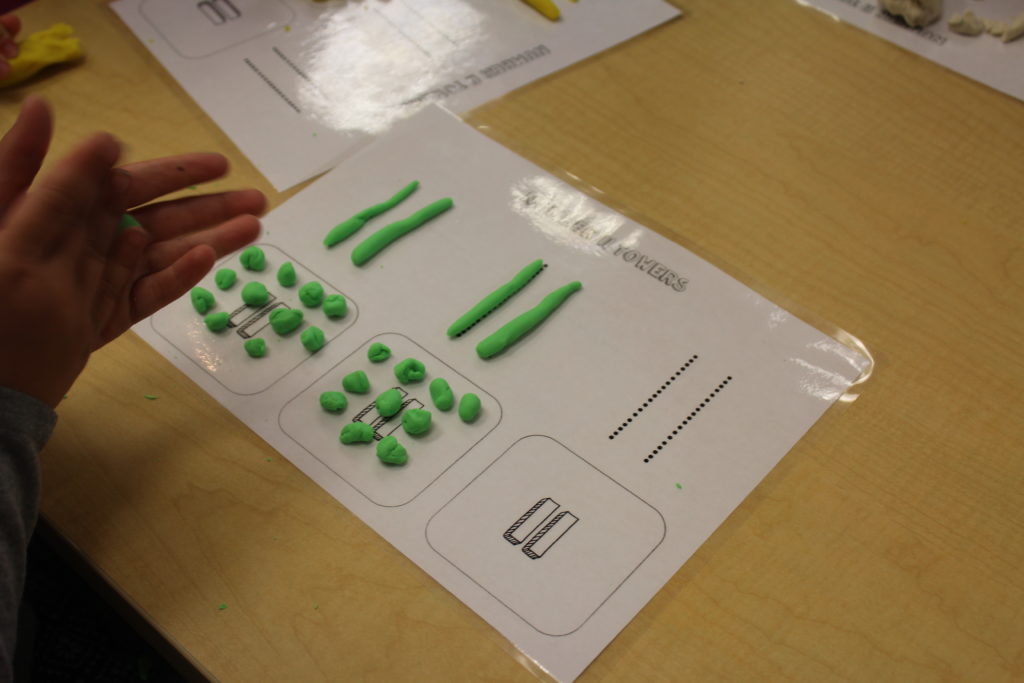
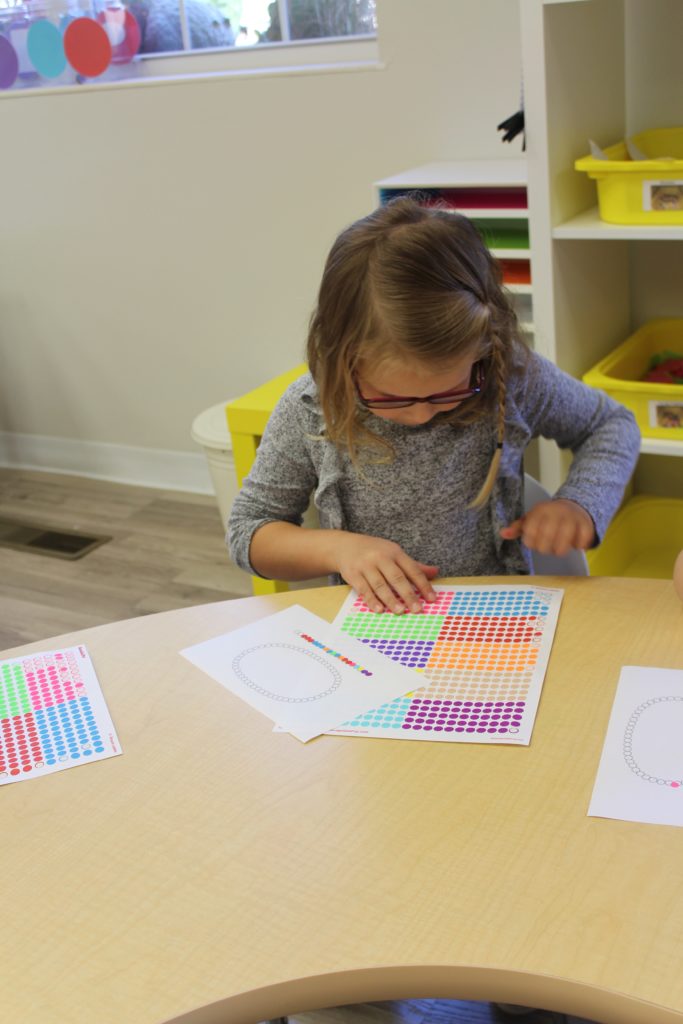
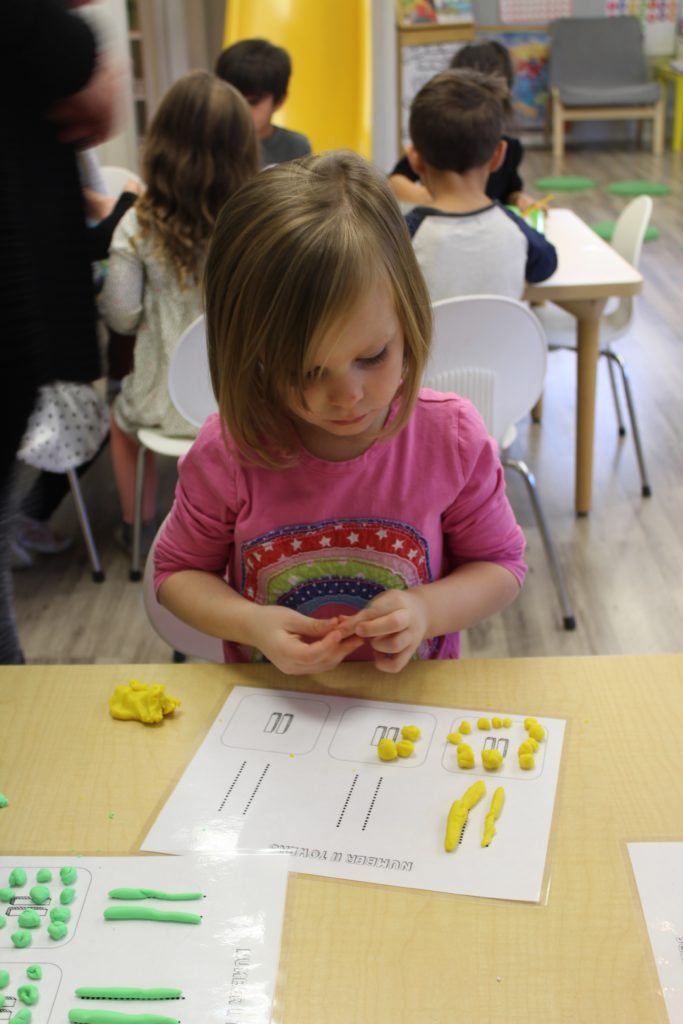
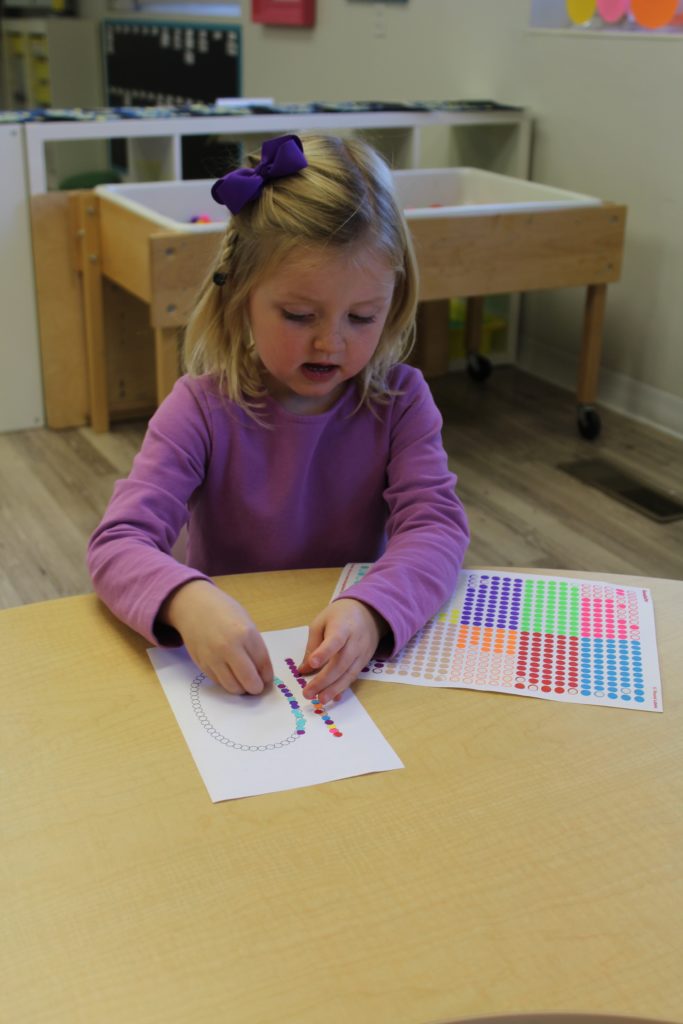
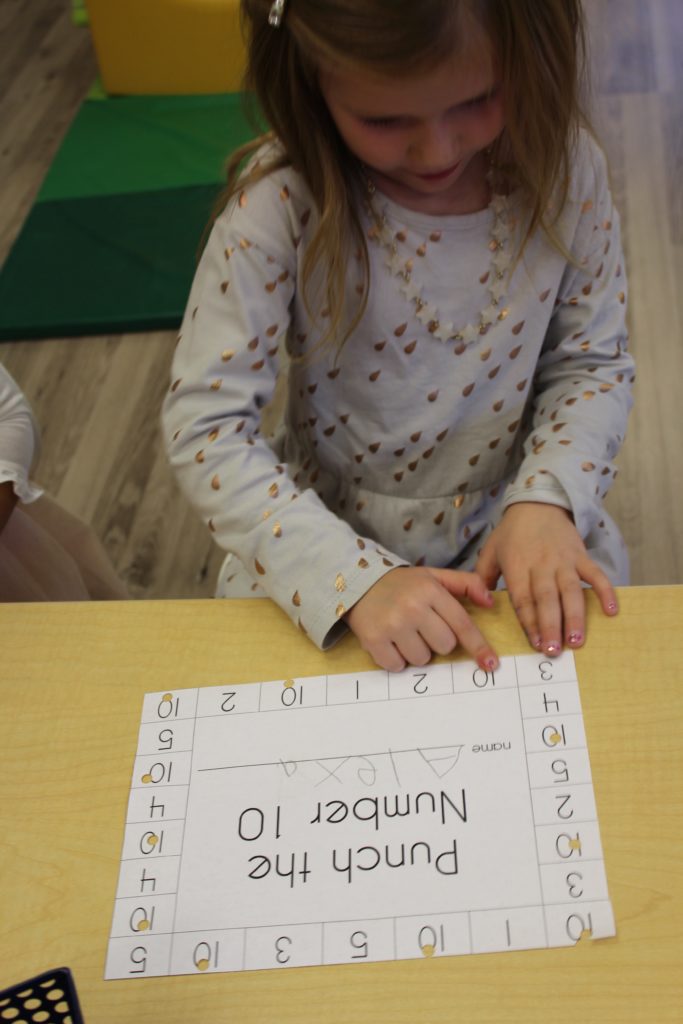
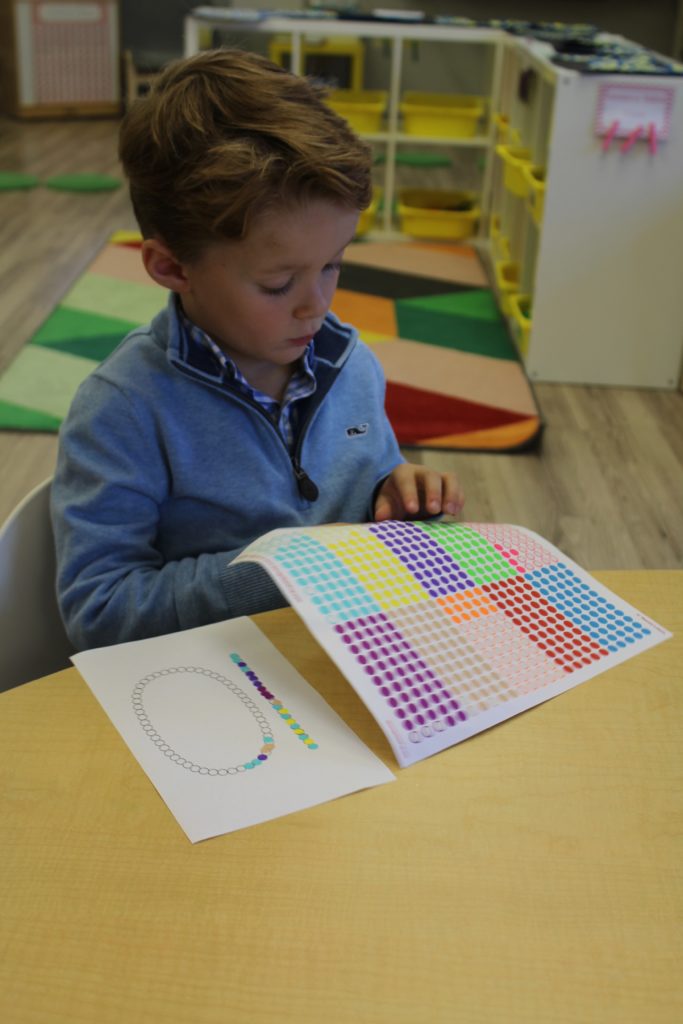
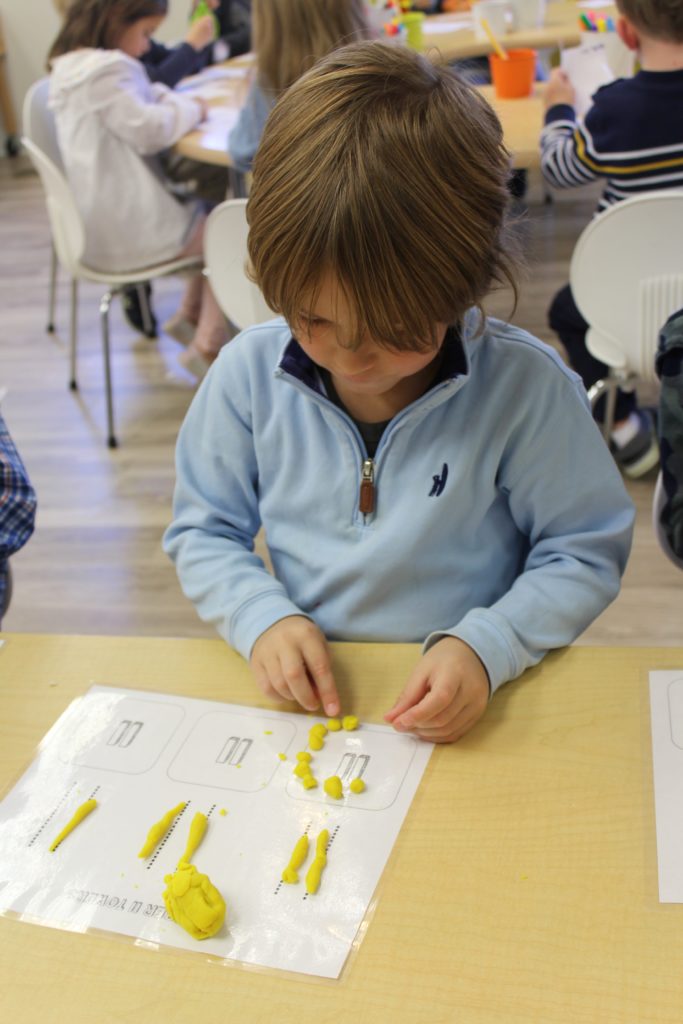
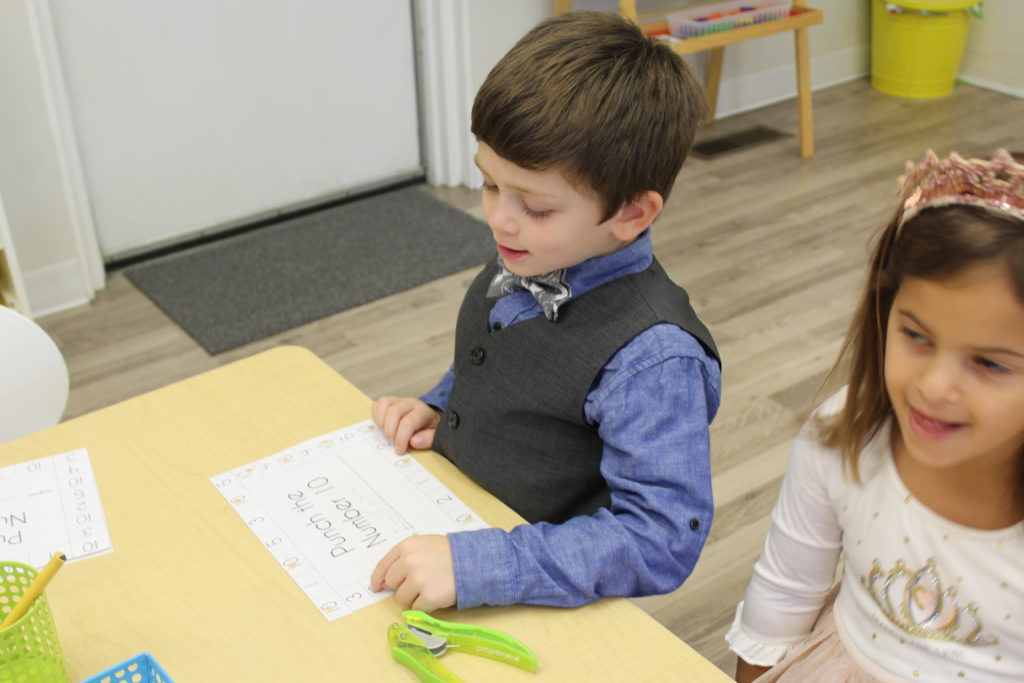
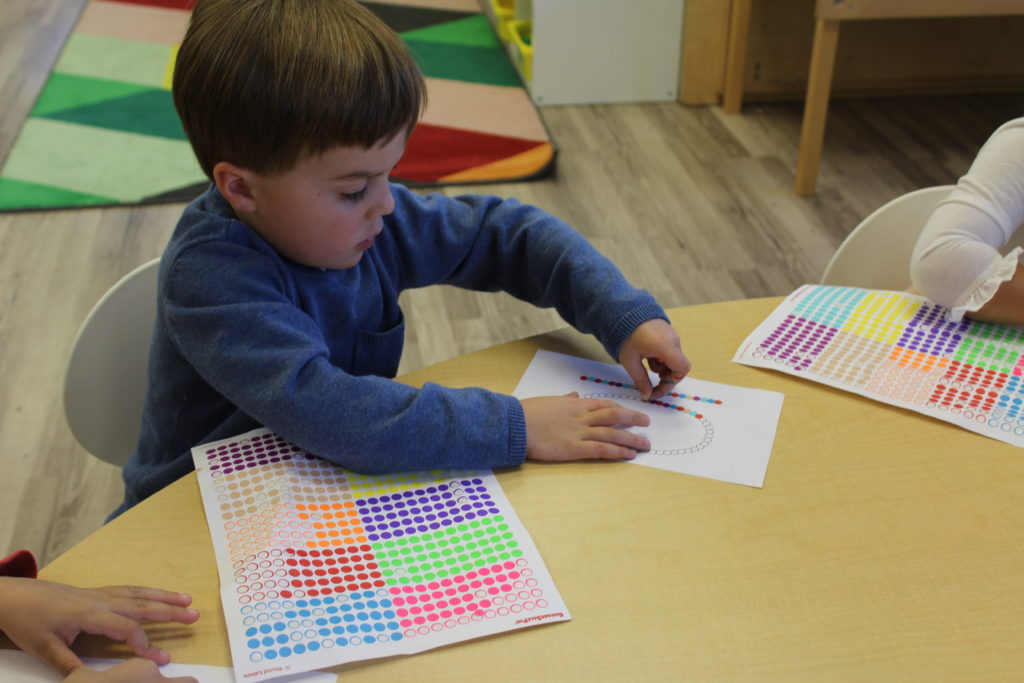
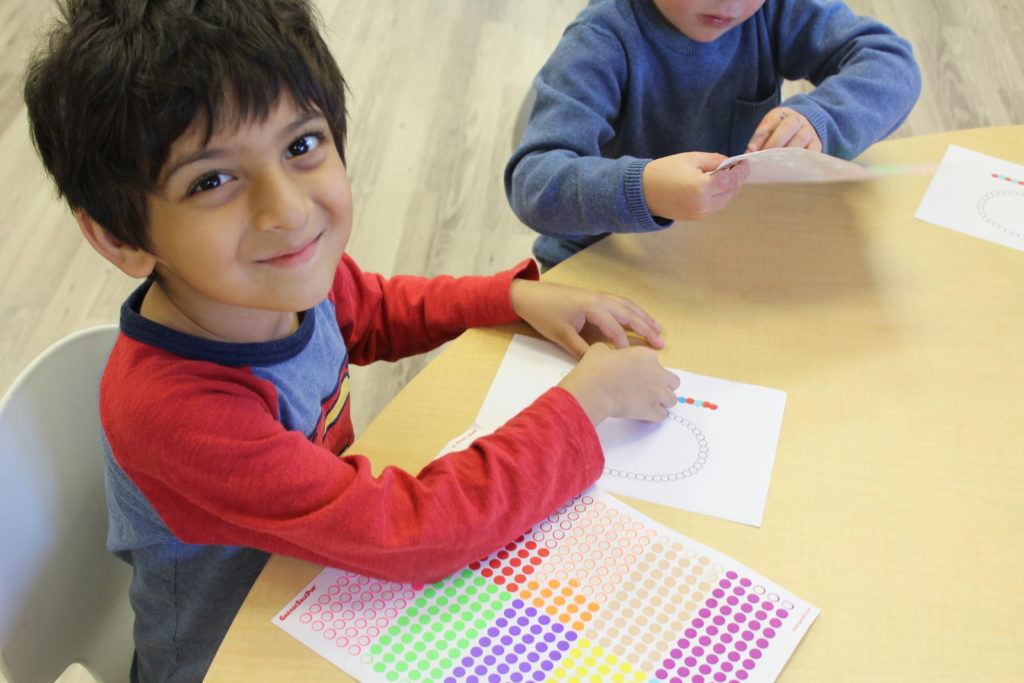
We continued our letter Ss study while building our hand strength in small groups! Continuing to develop large and small muscle strength in the hands and forearms is extremely important during the preschool years. When the large and small muscles of the forearm and hand are slow to develop, weakness and incoordination may result. The large muscles of the forearm may overcompensate for weak inner hand muscles. As a result, the child will find ways to hold, pinch and grip small objects in awkward ways. By now your little ones should have transitioned from their fist grip on their writing utensils into a more developed grip. Find the age appropriate pencil grip development chart here. If you notice that your child shows signs of awkward grips, never hesitate to contact their teacher. Click on the picture below for easy activities to build fine motor strength and hand strength at home.
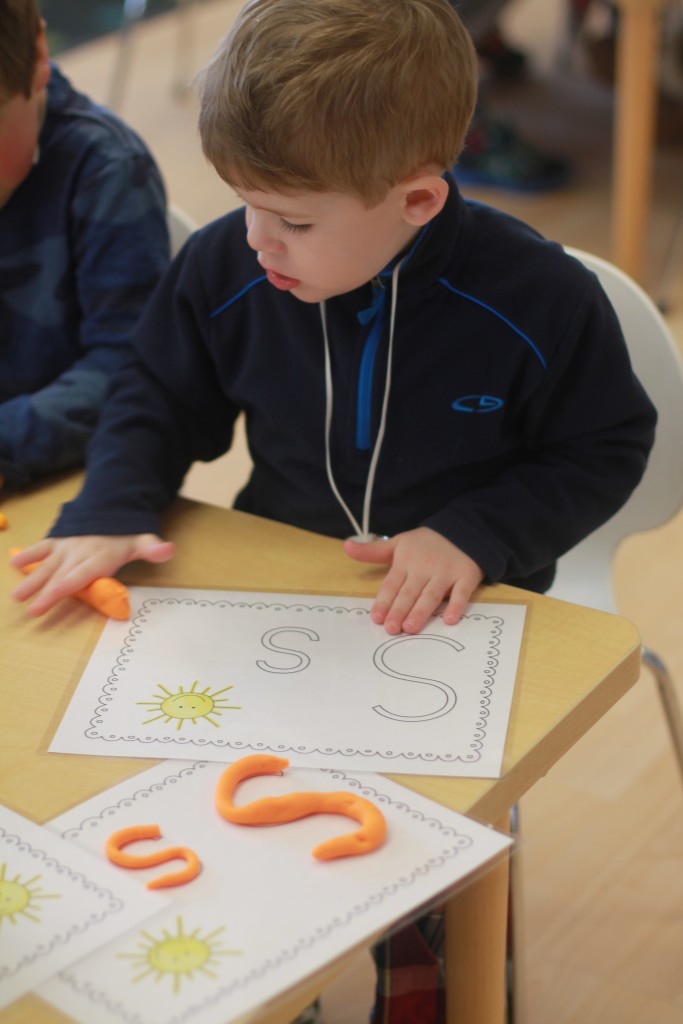
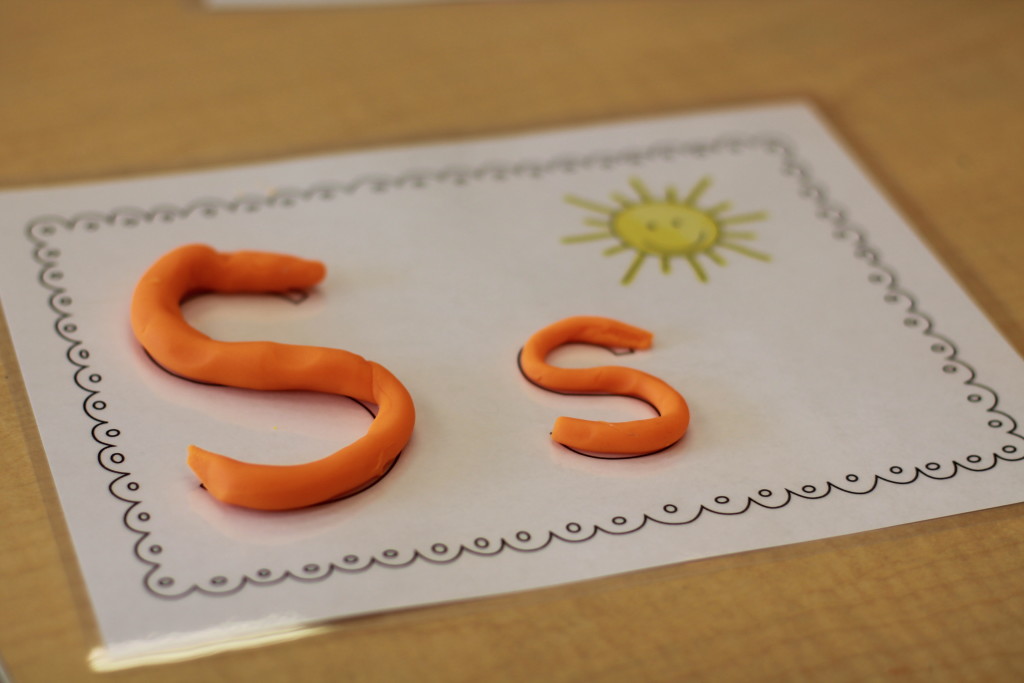
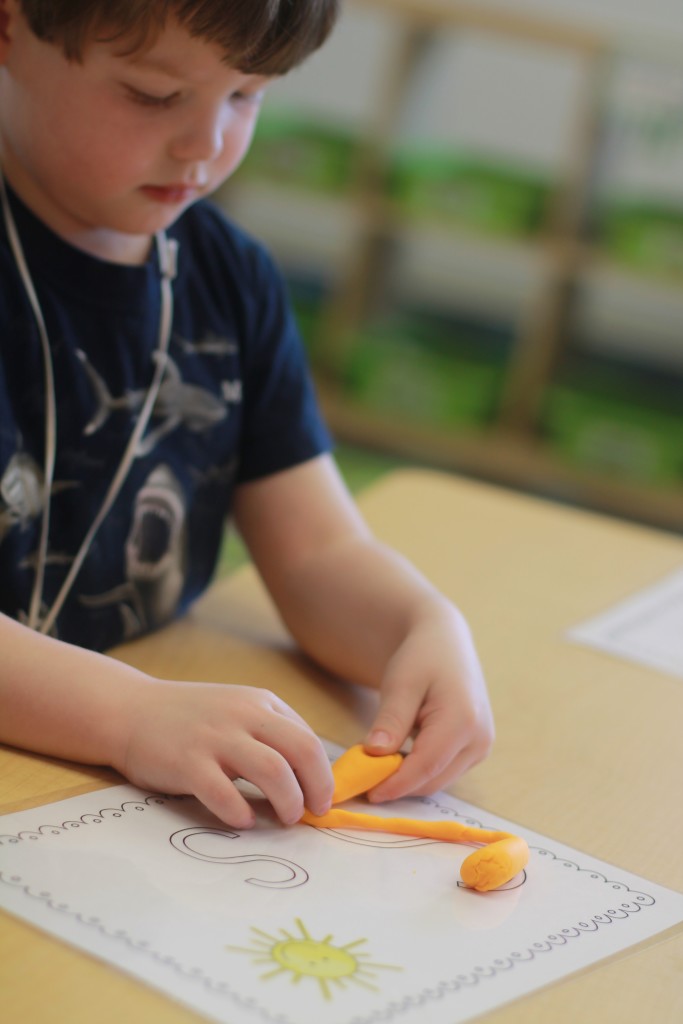
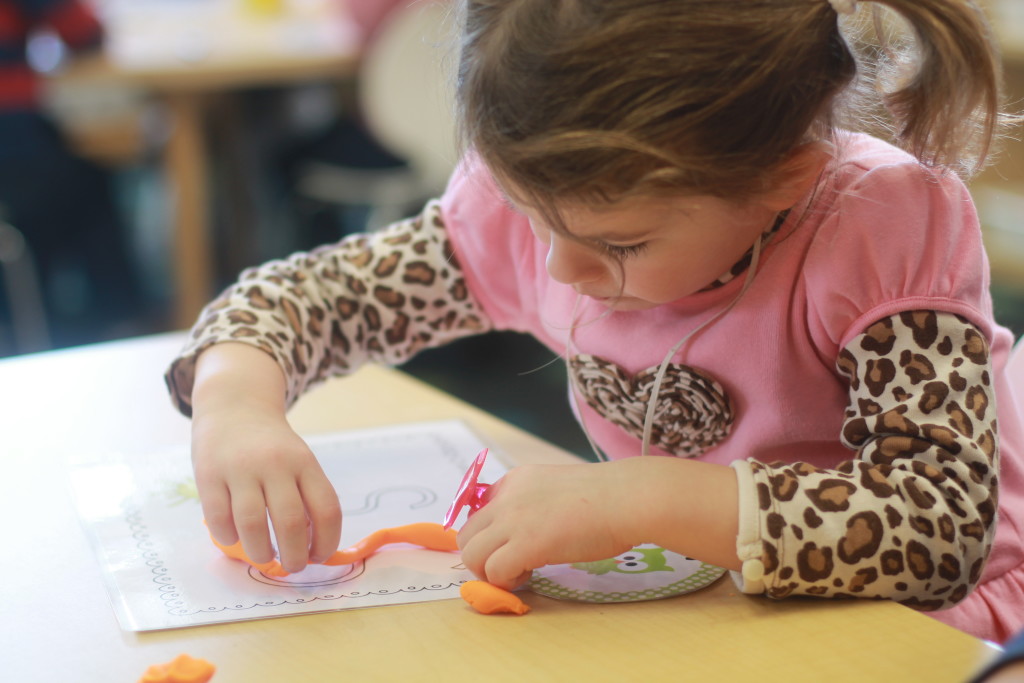
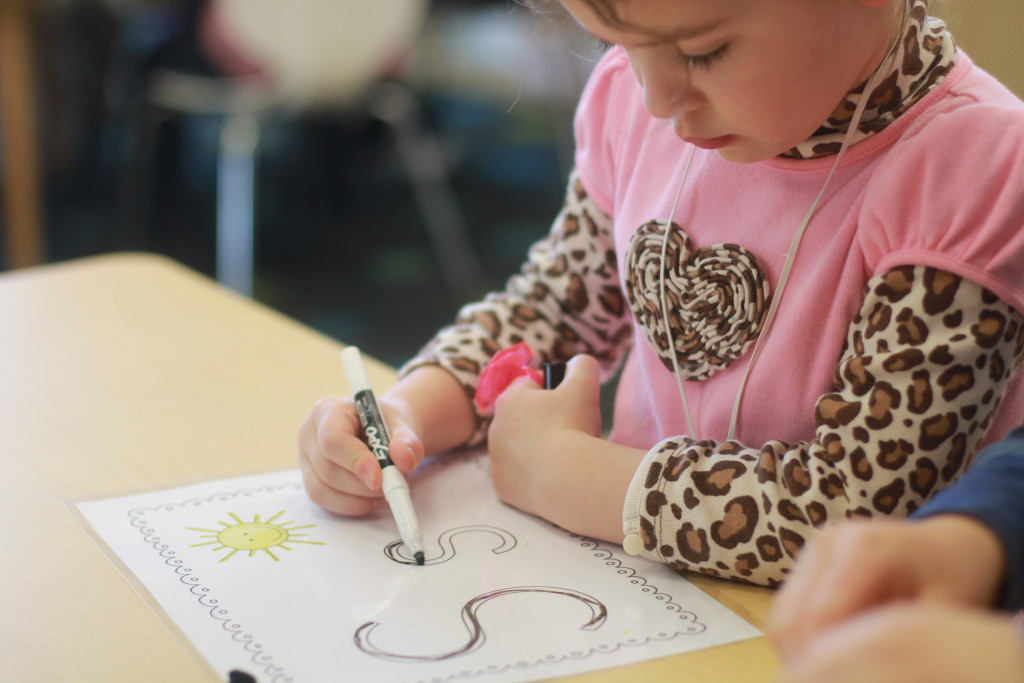
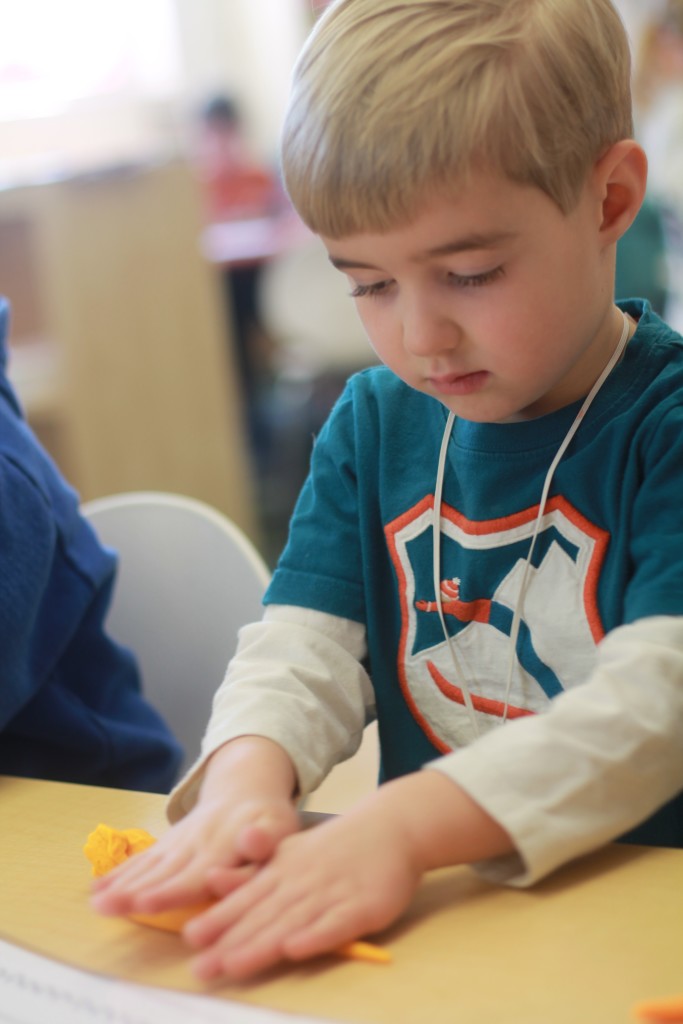
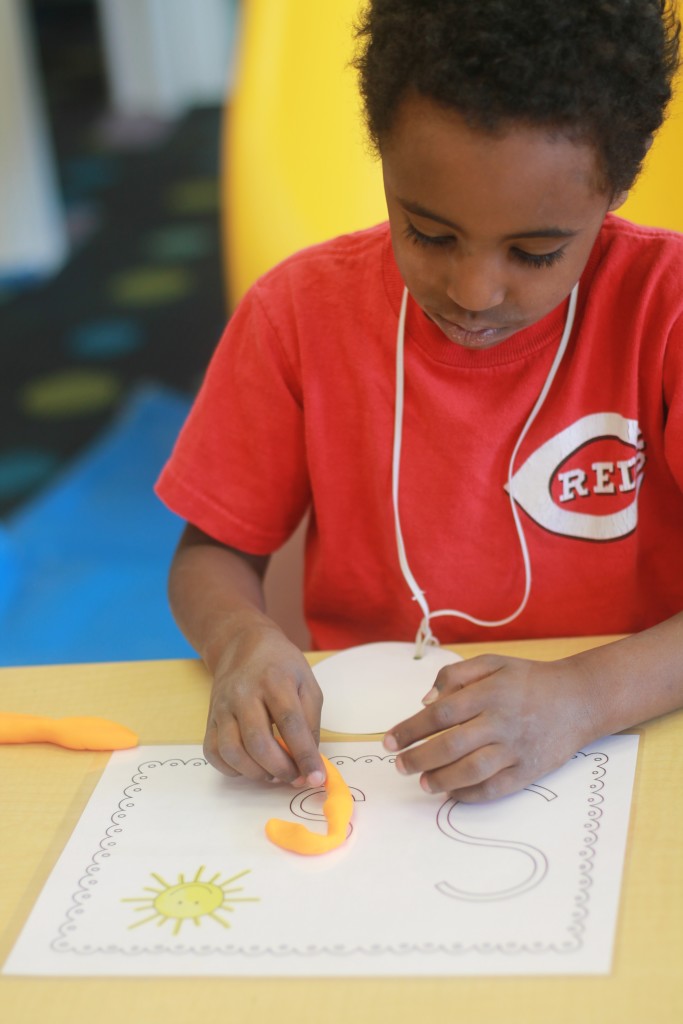
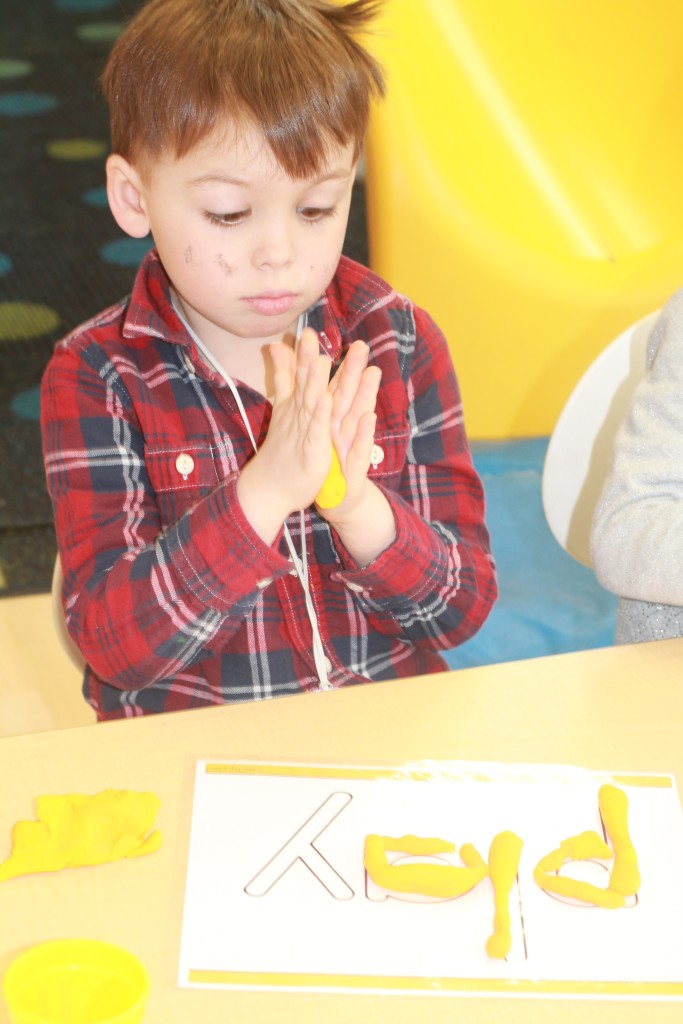
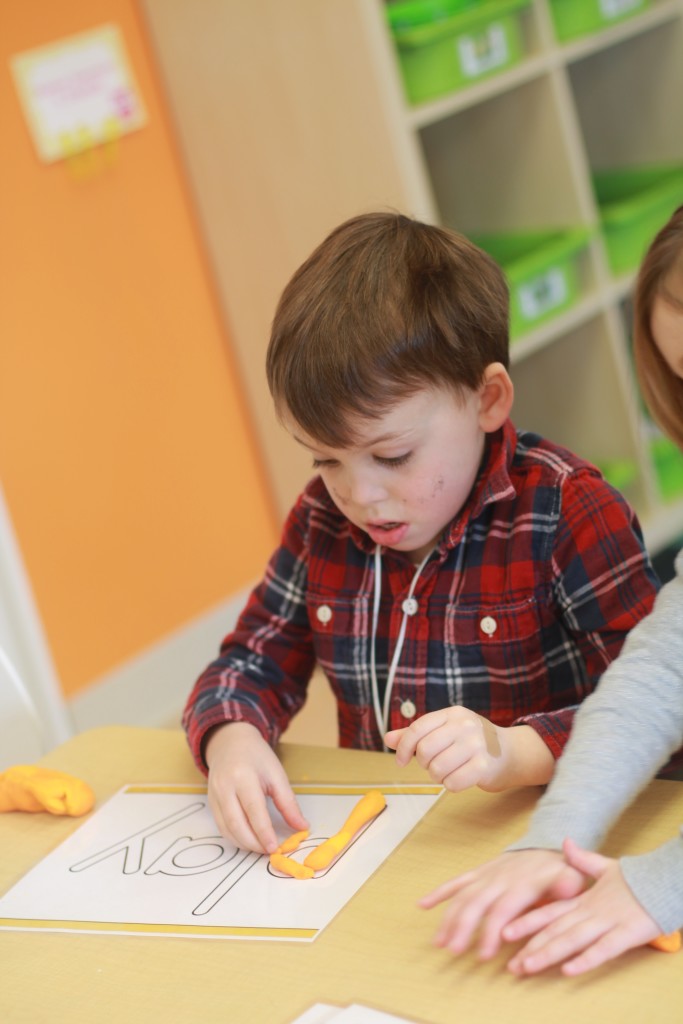
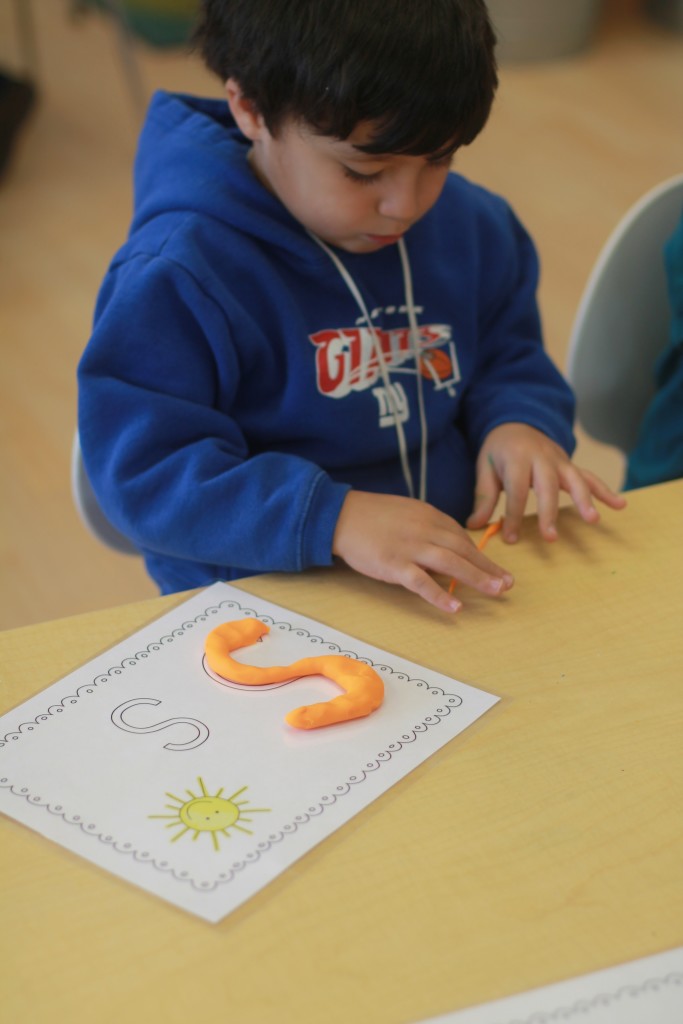
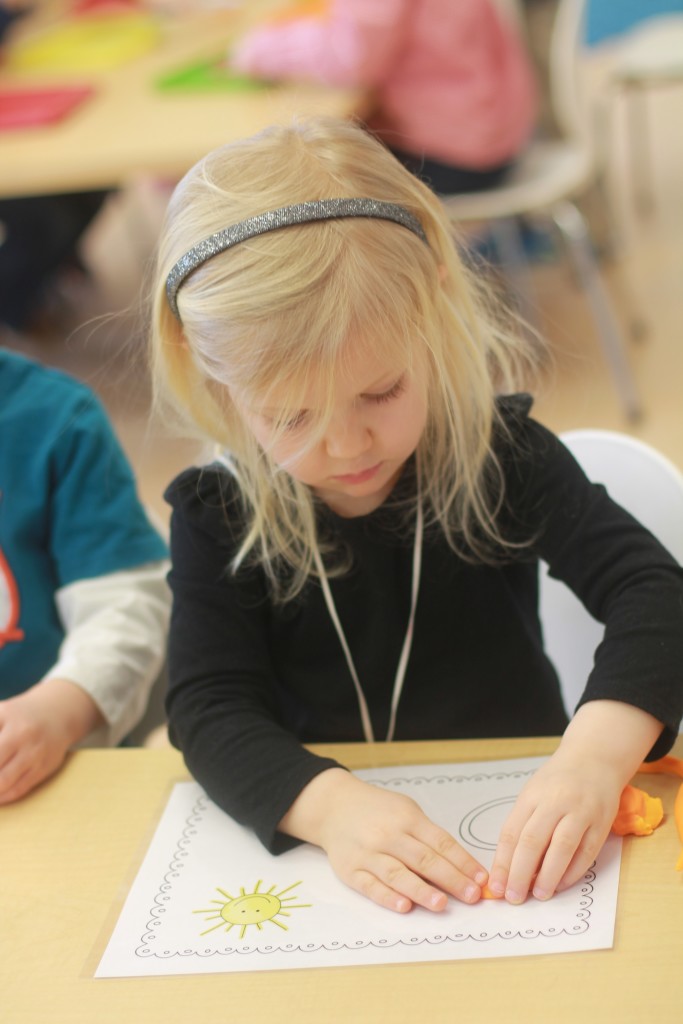
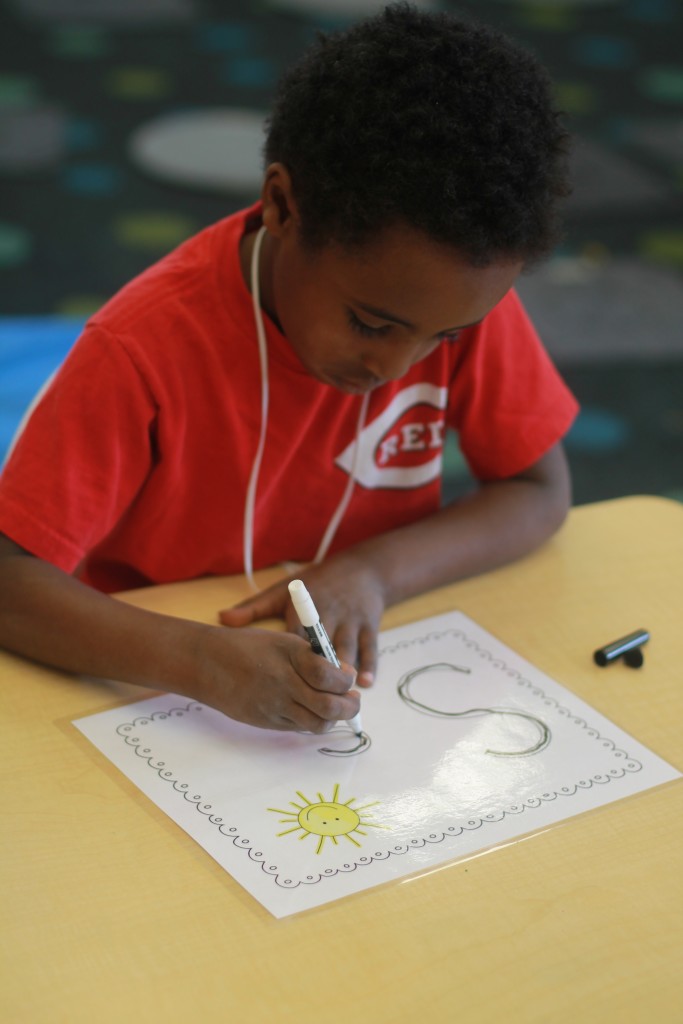
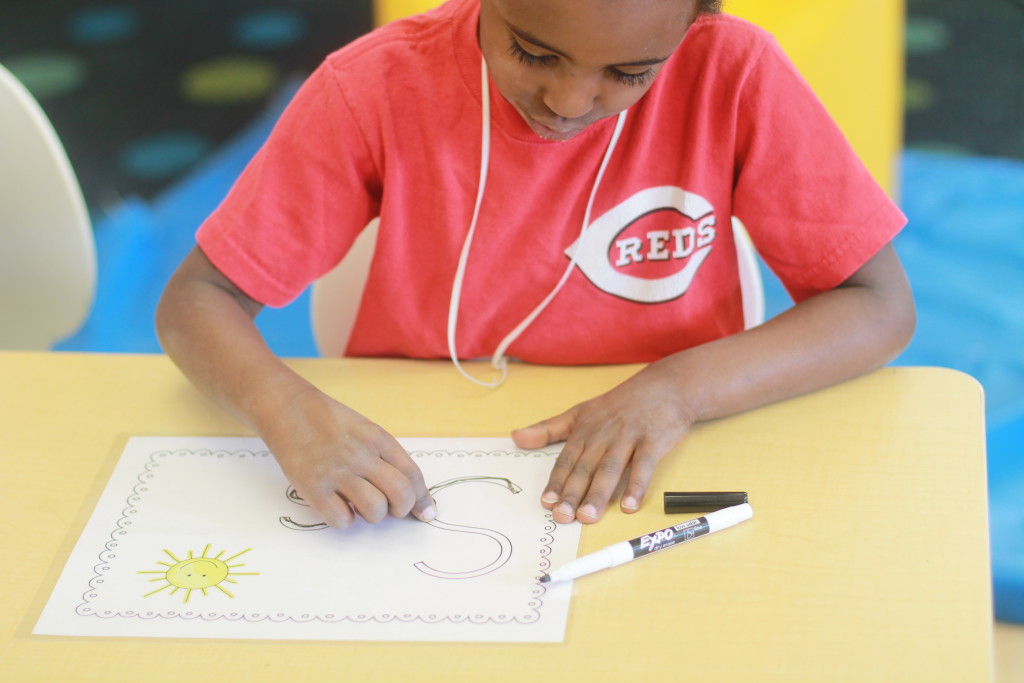
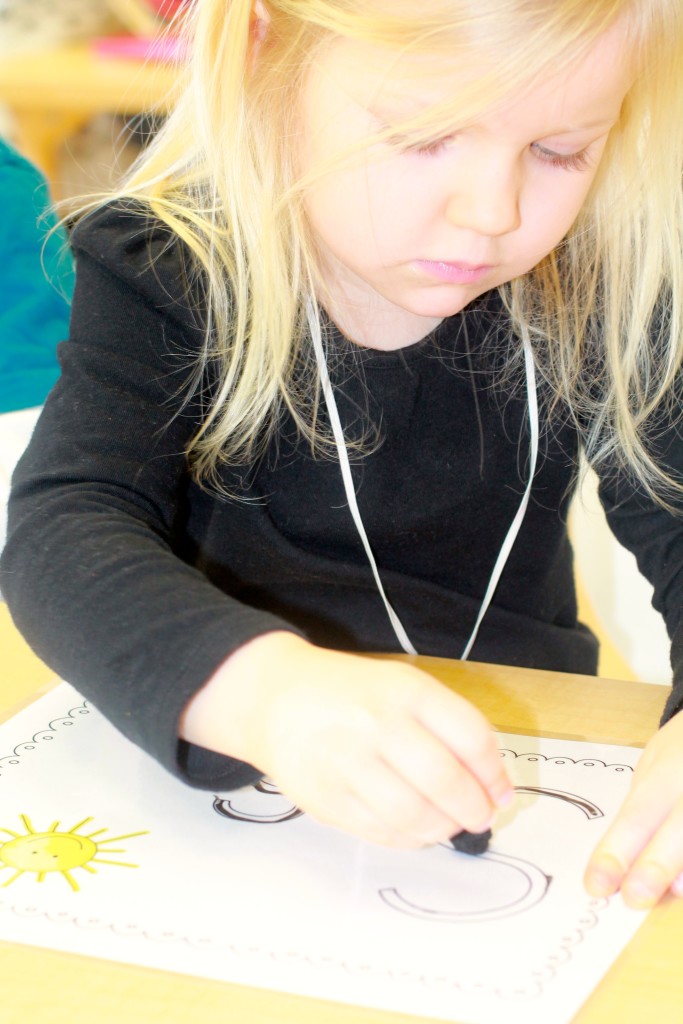
We’ve been working hard during the month of December on reviewing numbers 1-20 with a focus on number 12. The number twelve seems to be tricky for most of the students because it doesn’t fall into the basic “teen” rule. “Numbers in the teens, they start with a one.” We used the classroom clock as a reference for numbers 1-12 and watched a fun, interactive video that put our lesson to music. Music is a great way to help children learn, young AND old. If you’d like to watch the video with your child, click on the photo below.
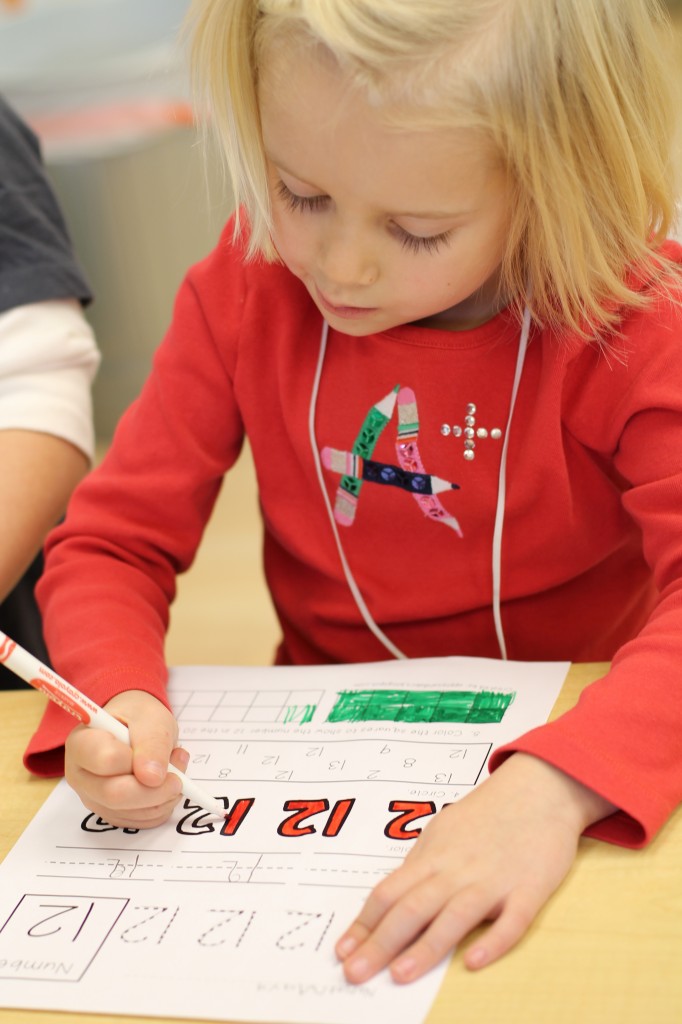
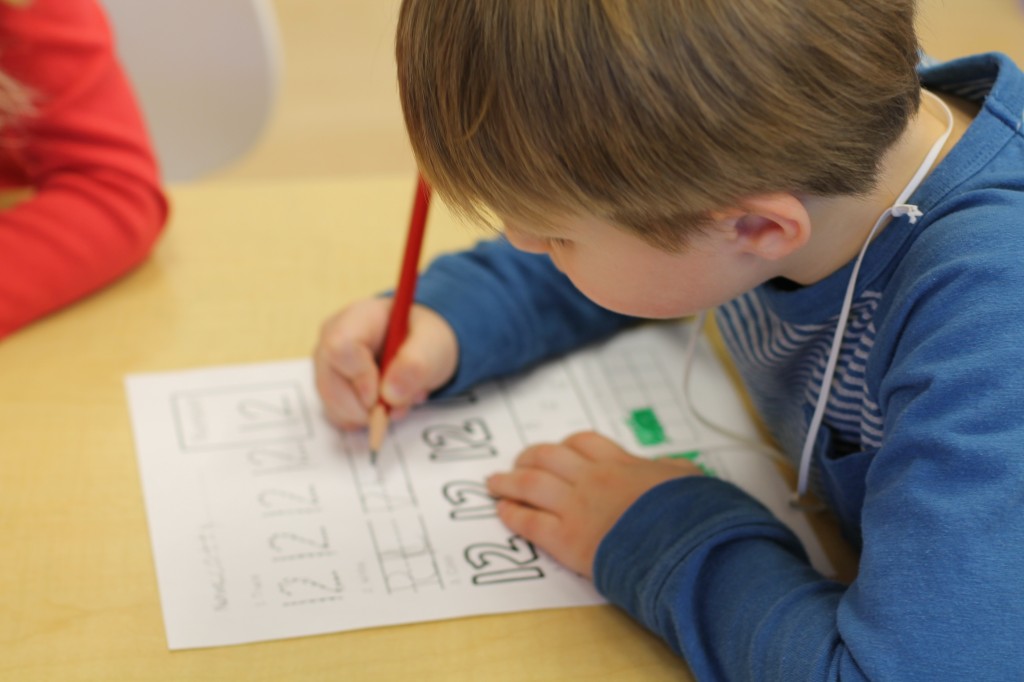
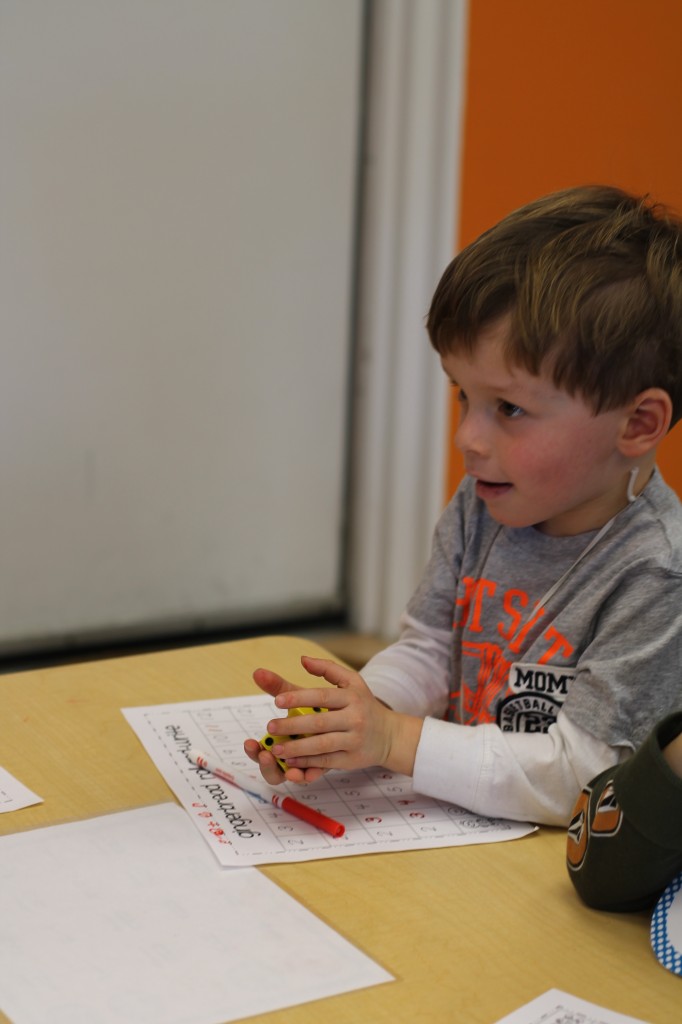
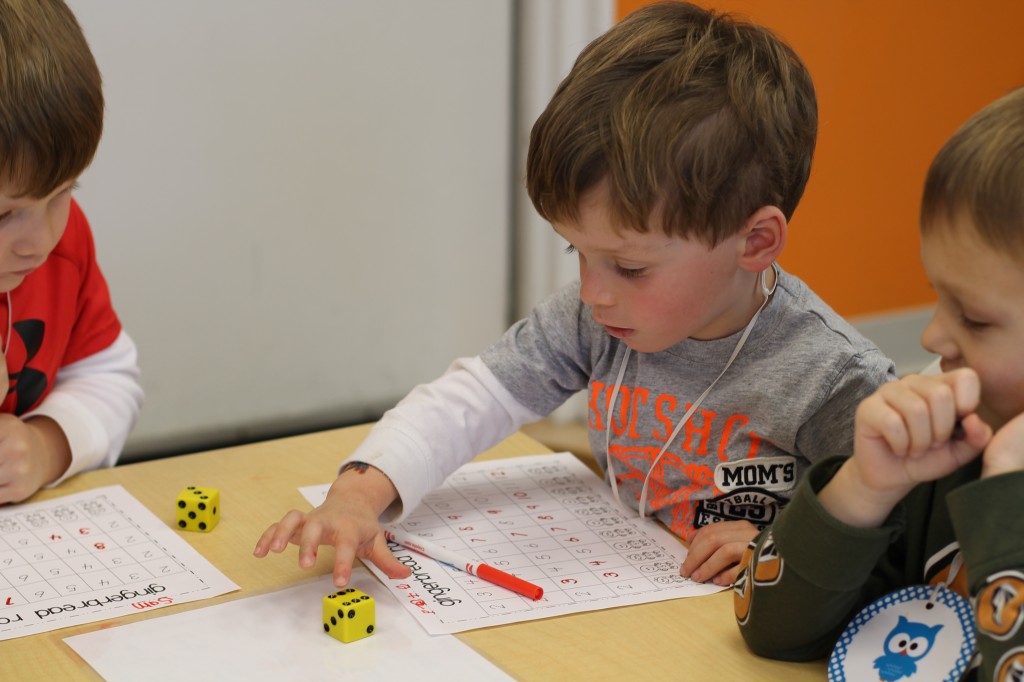
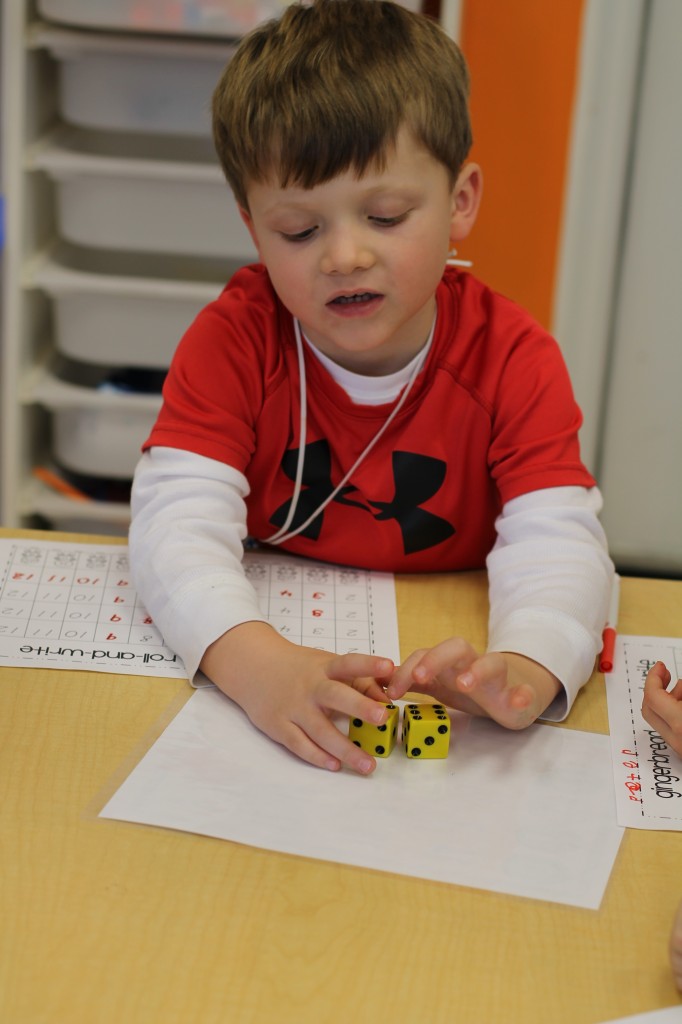
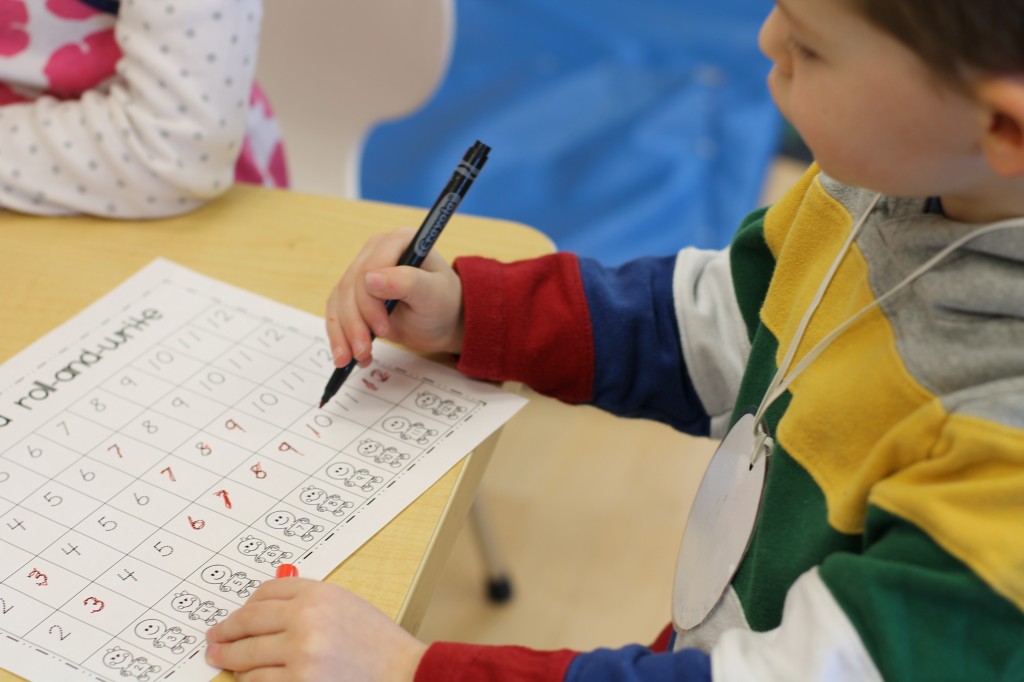
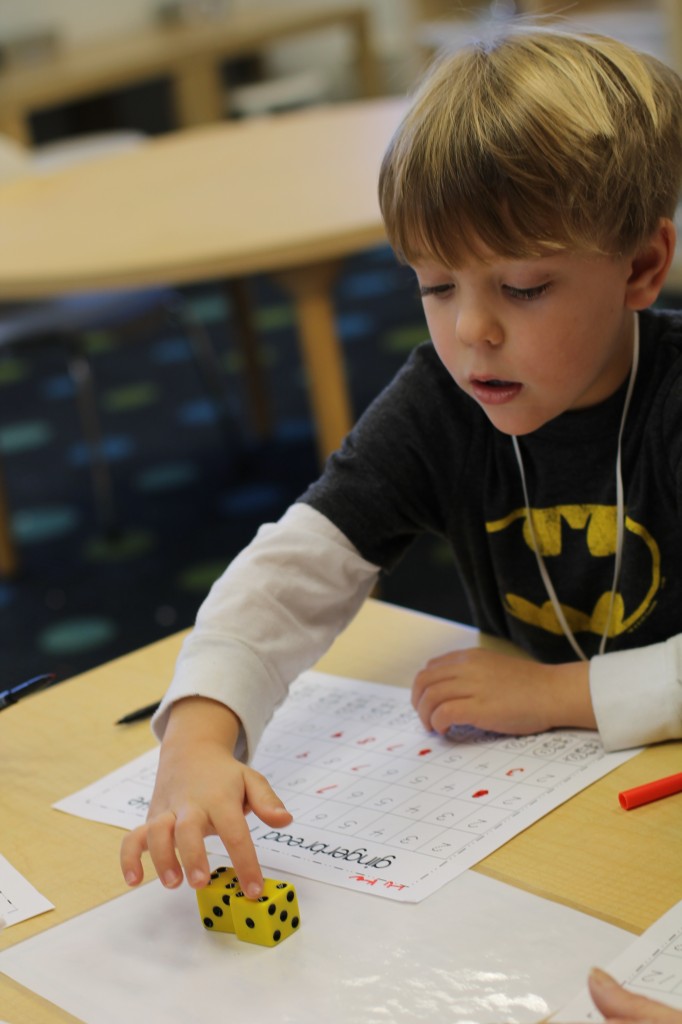
Mr. Tenny loves to eat numbers! We reviewed our numbers 1-12 this week as we strengthened our hand muscles in preparation for writer’s workshop that begins next week. Keep working on those name during homework!
Basic math and number concepts utilized in a preschool or kindergarten prep classroom set the foundation for learning more advanced math concepts. Early exposure to math and number activities will promote your child’s comfort with these skills. Also, additional opportunities to practice these skills will increase your child’s confidence when working with math and number concepts and will lead him to believe he is “good at math.” Click HERE for some fun activities to do with your child at home in all areas of math.
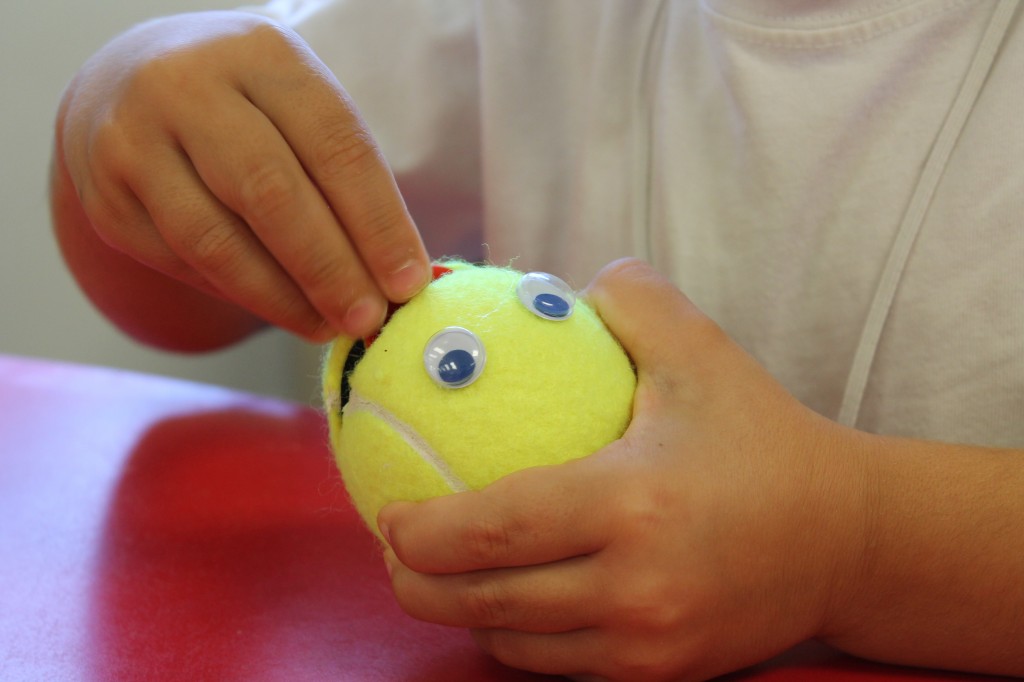
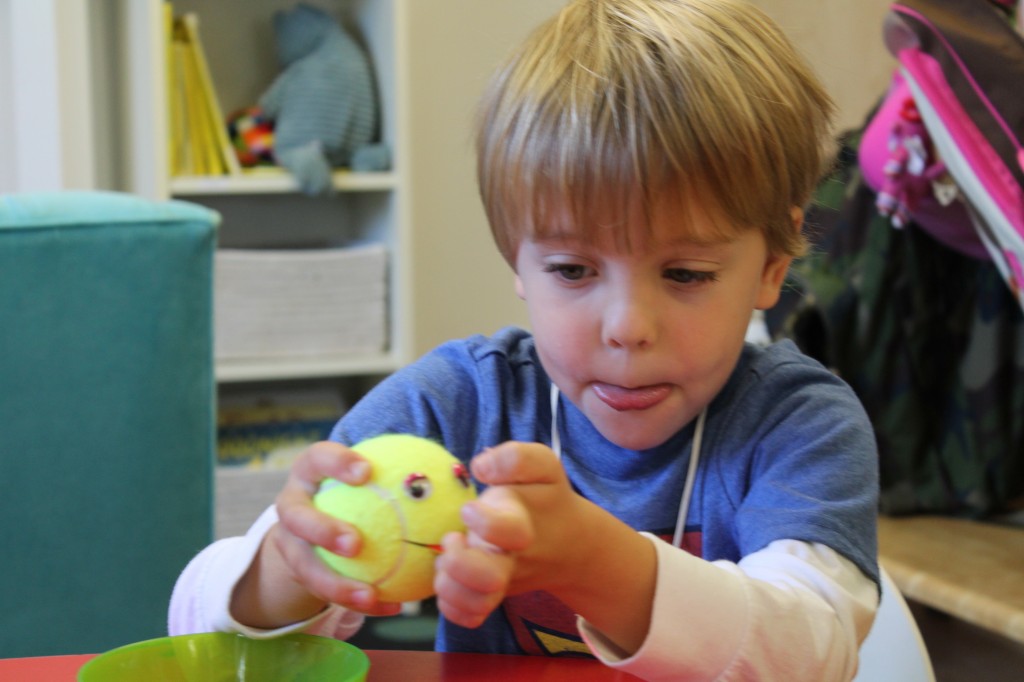
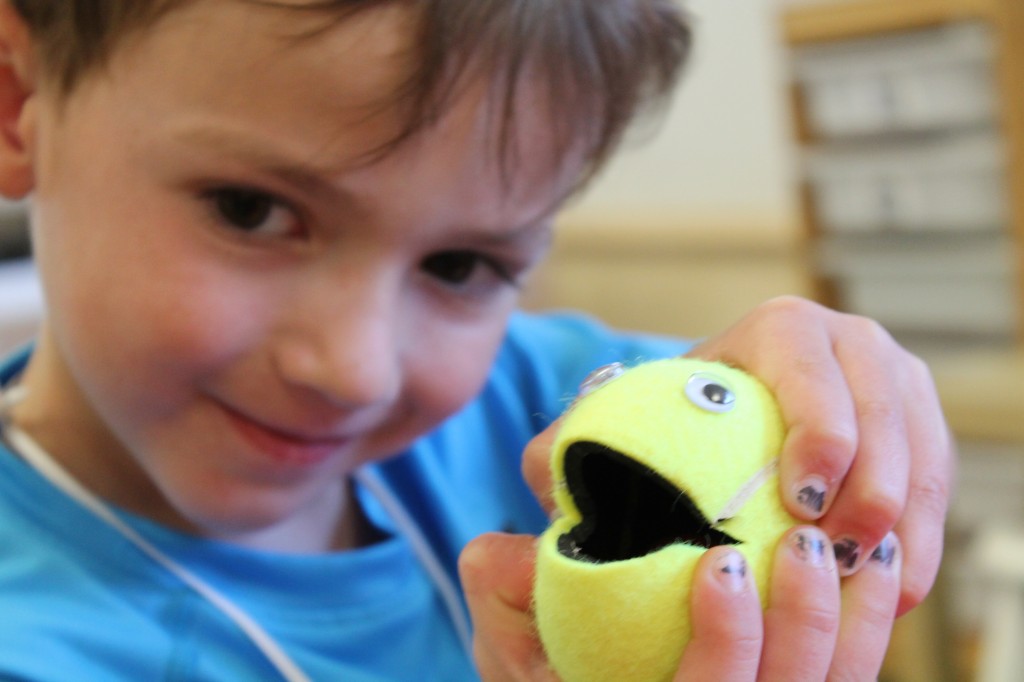
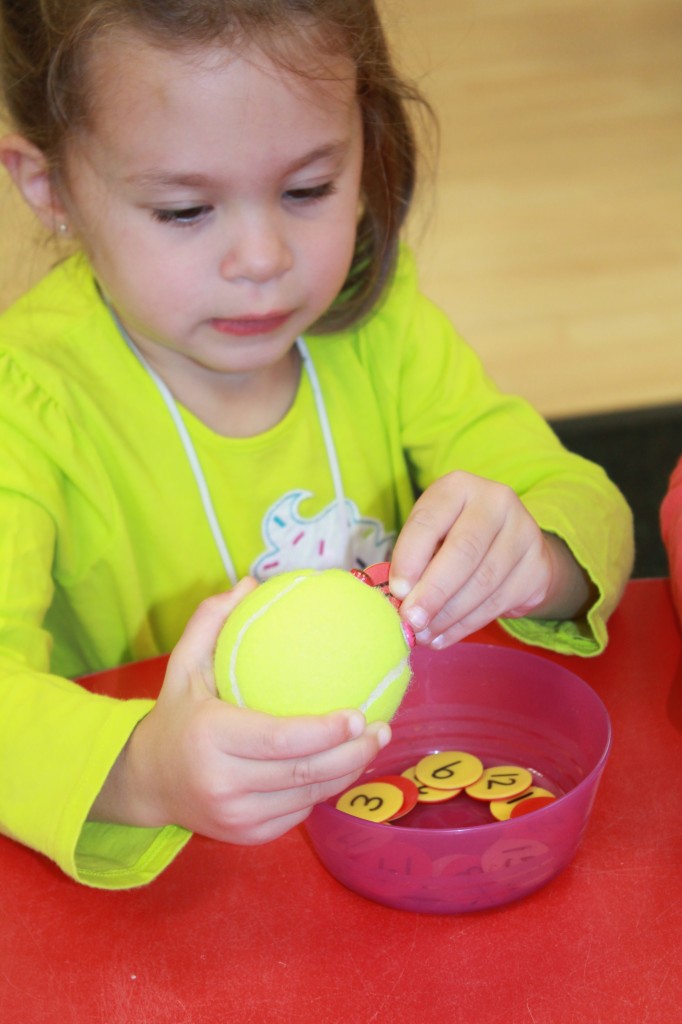
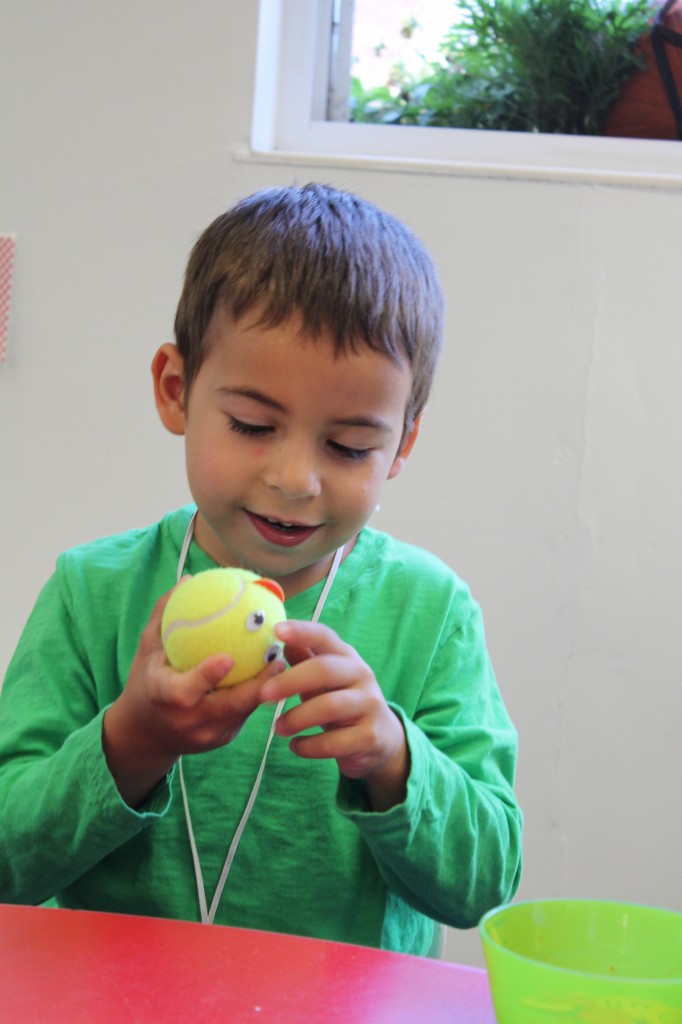
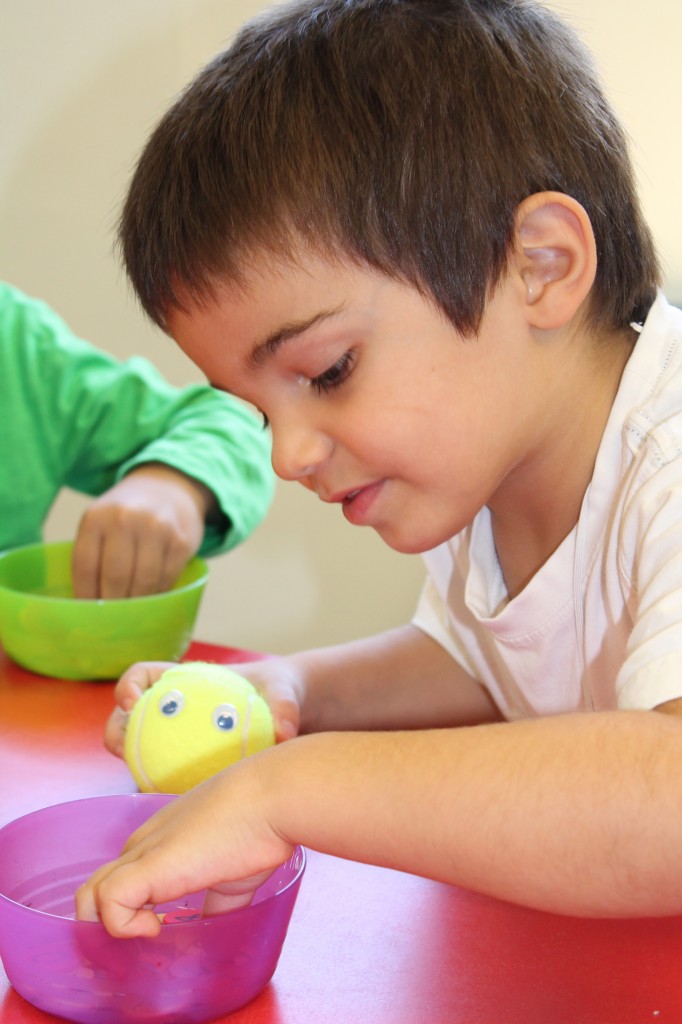
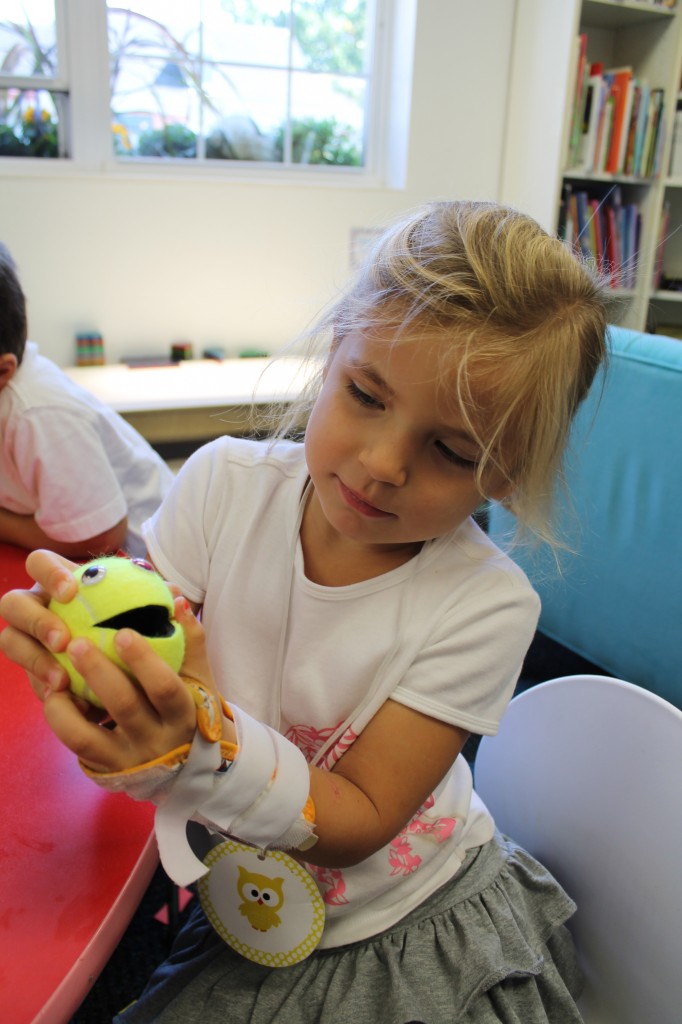
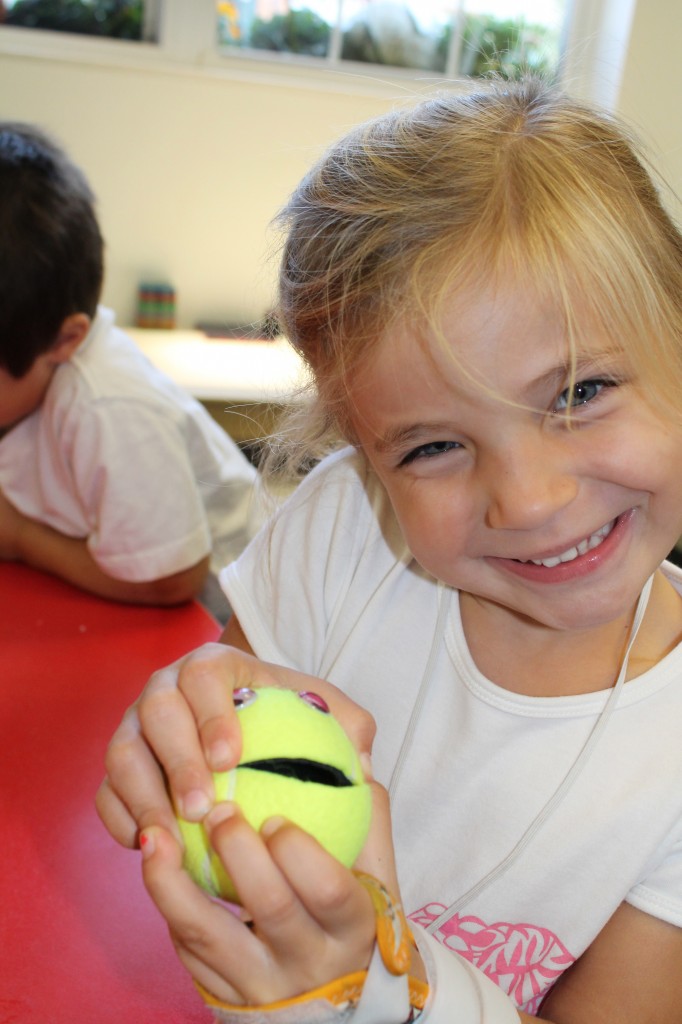
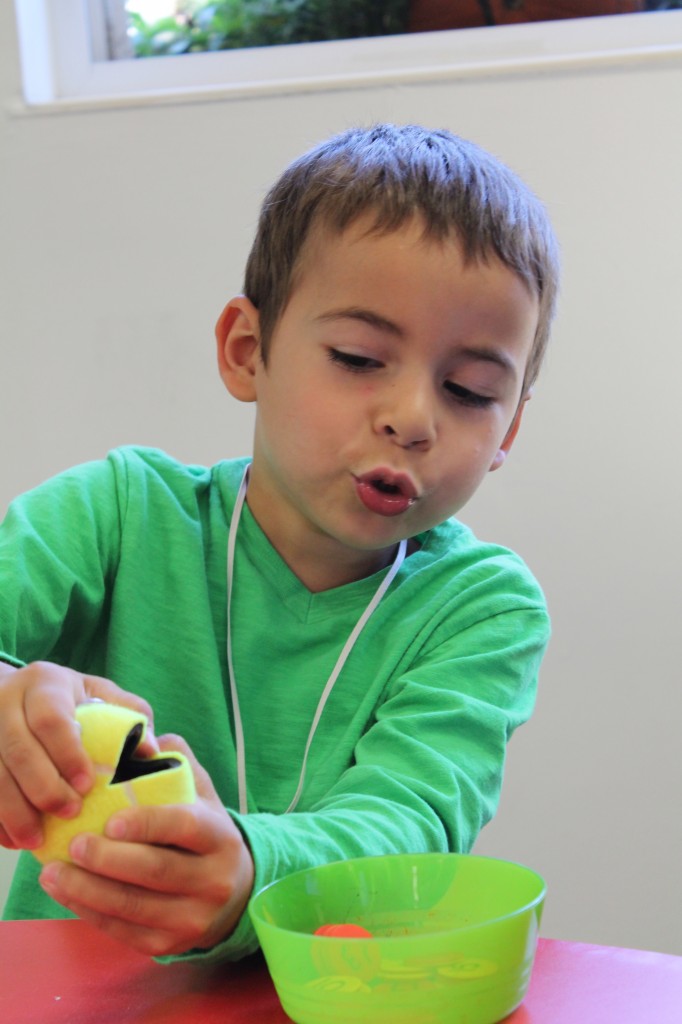
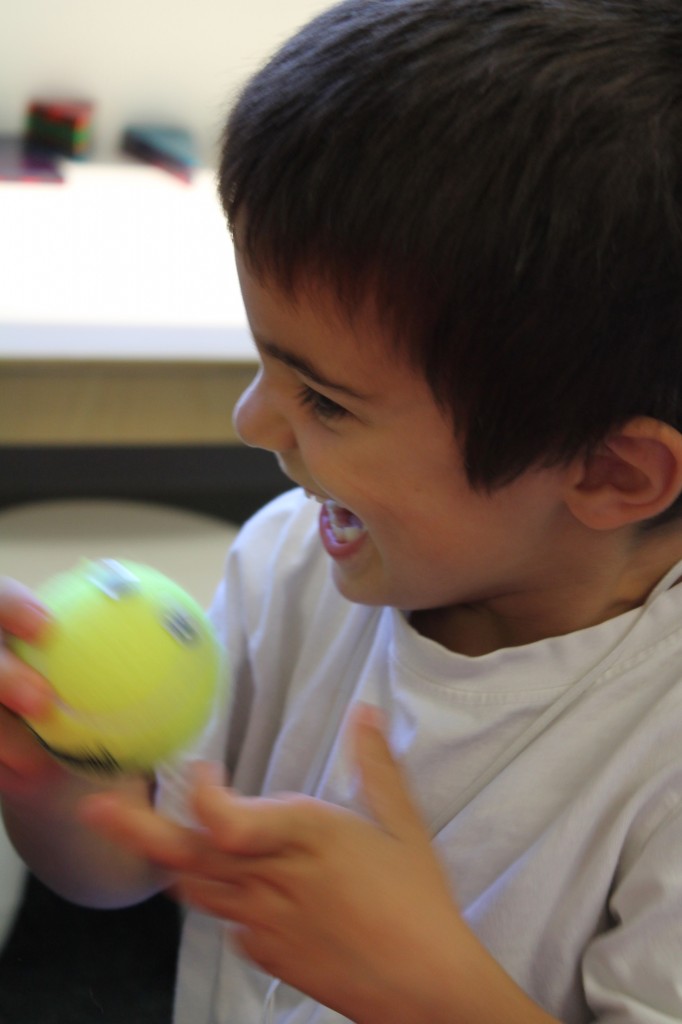
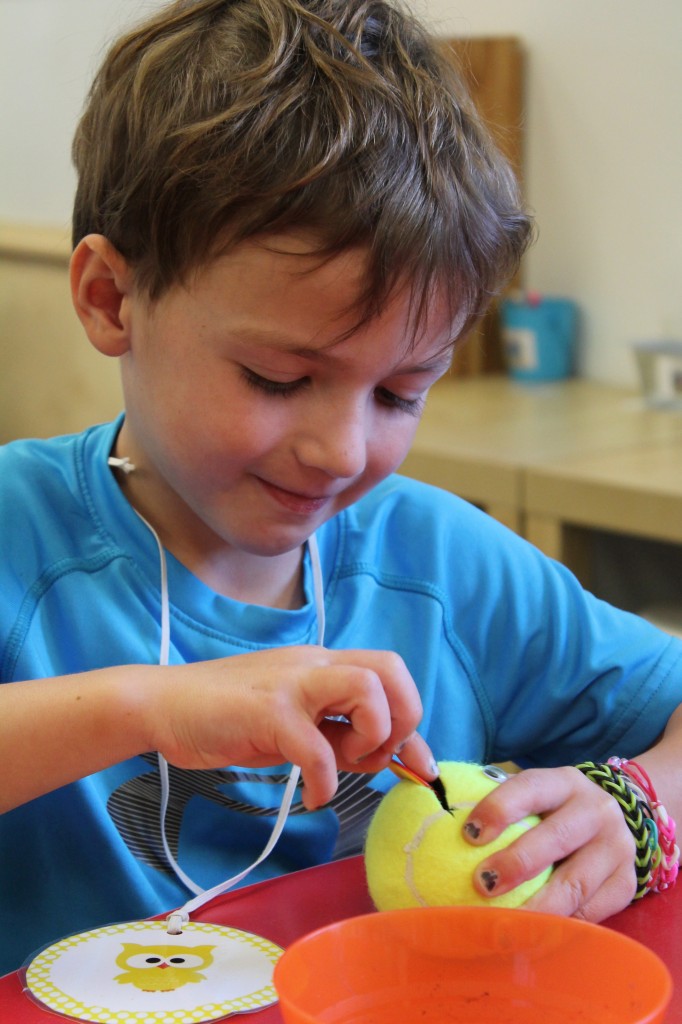
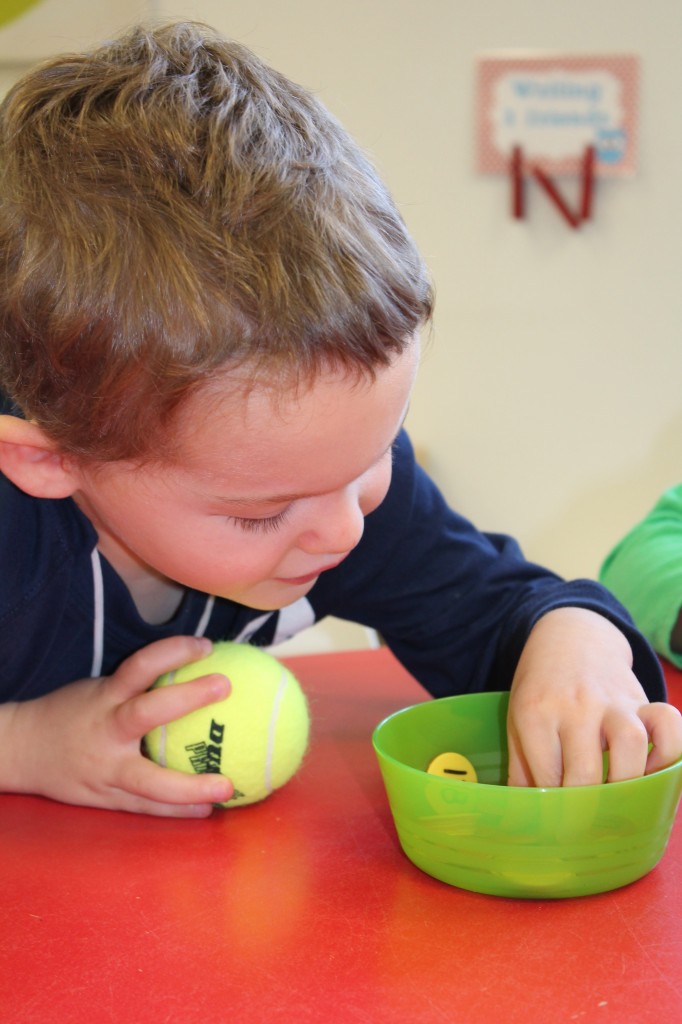
We made a beautiful rainbow collage on our journal covers today. Using our fine motor muscles we worked hard tearing small pieces of paper to create a circluar rainbow collage. Tearing paper is a wonderful way to strengthen your fine motor muscles in preperation to becoming strong writers. We will be using these journals all year for a variety of writing activities!
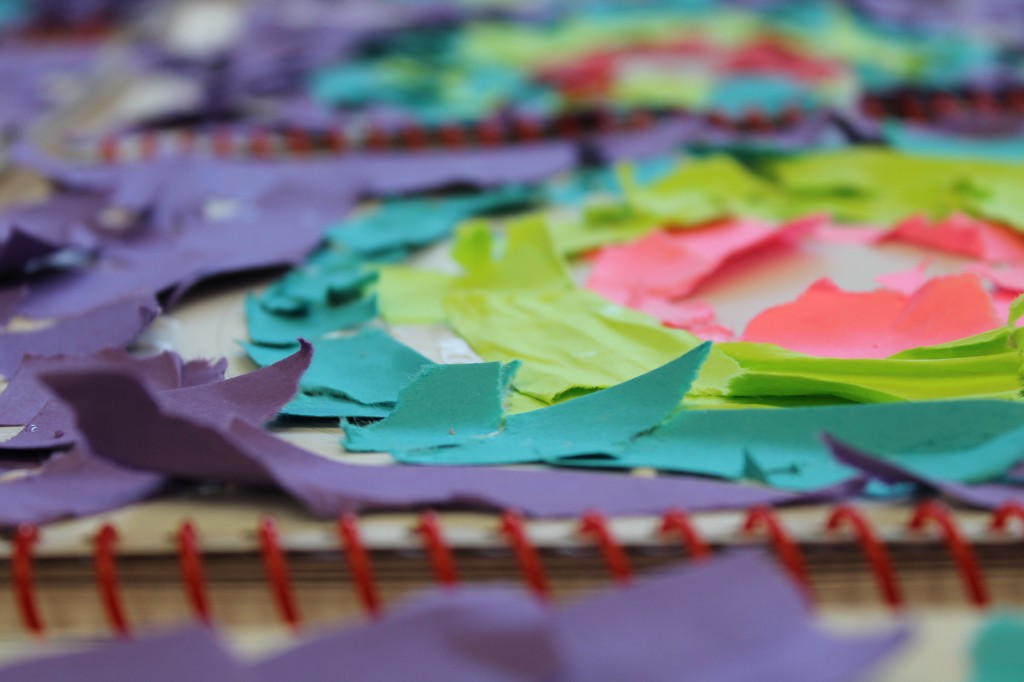
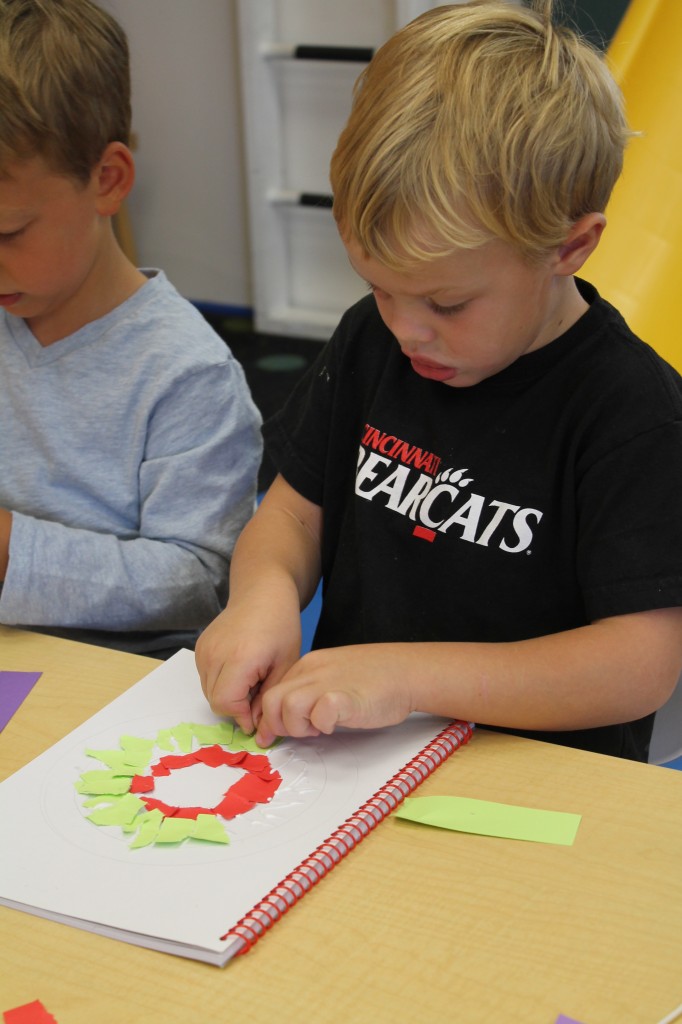
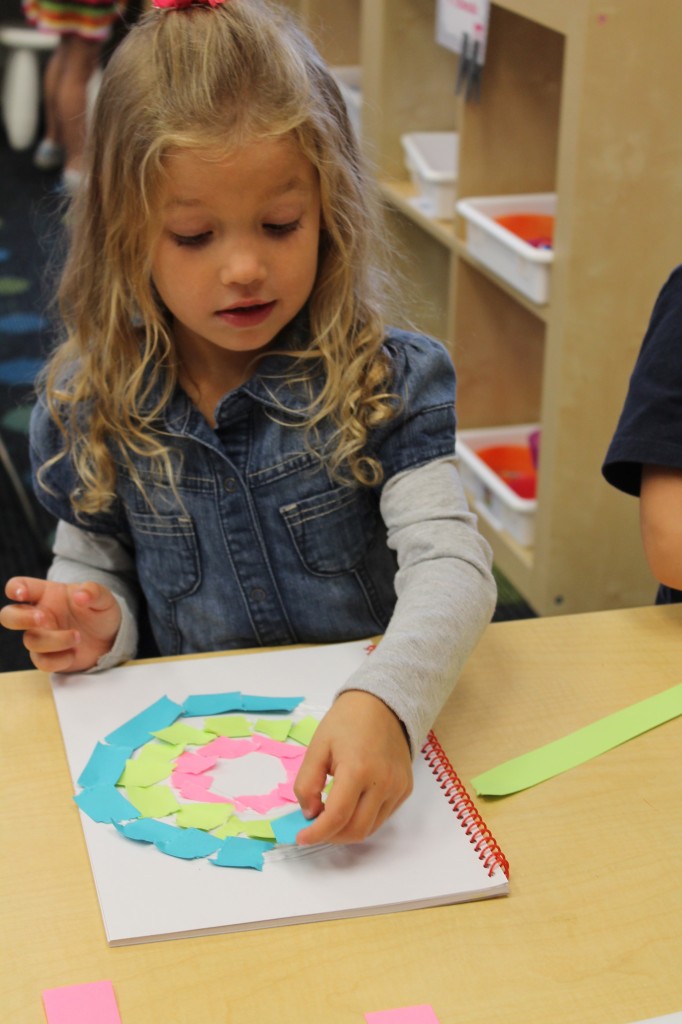
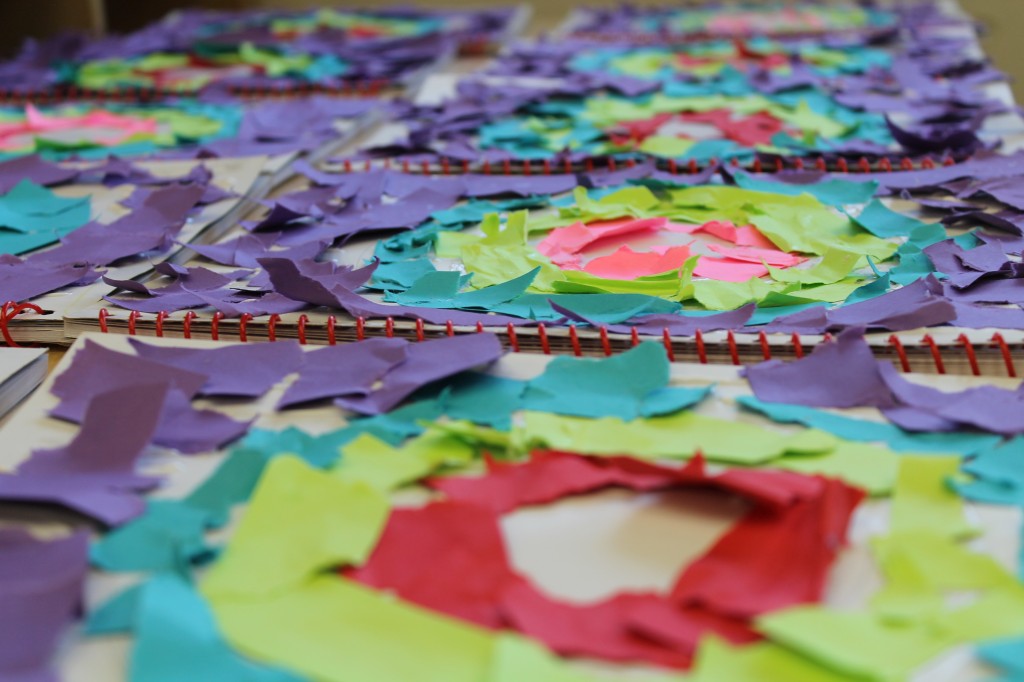
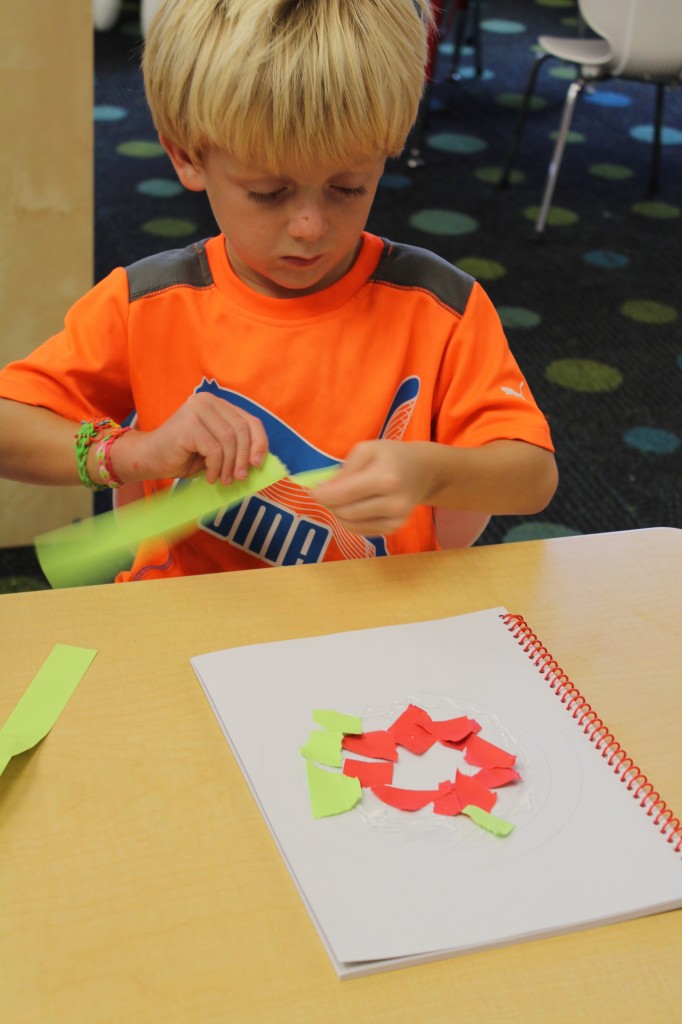
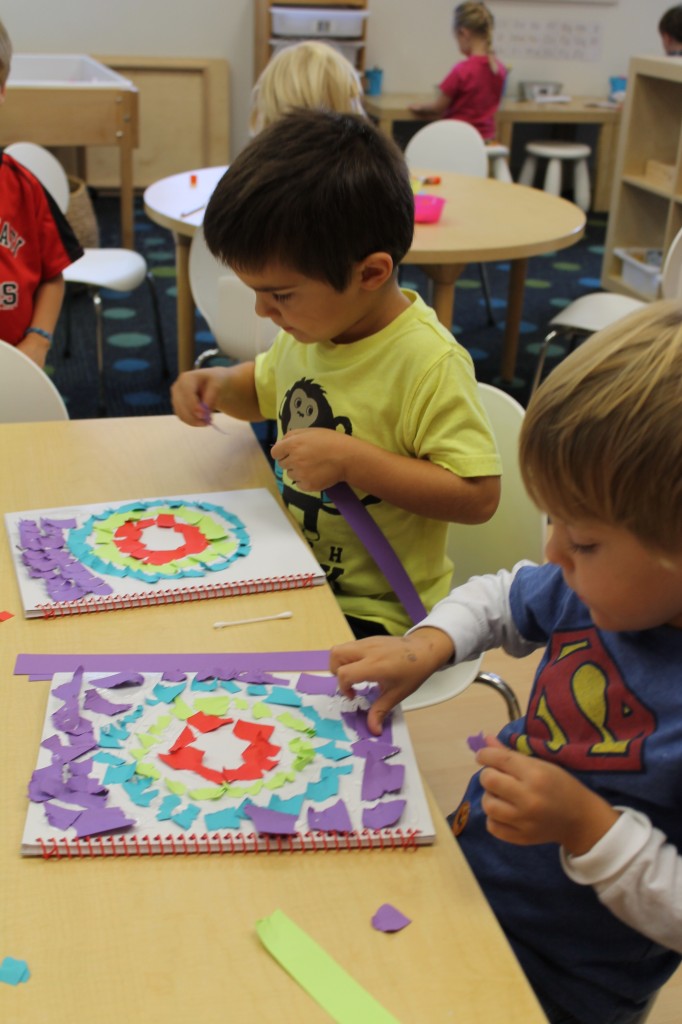
The K Prep students did their second entry in their journals today. Last week our entry was about what/who we love. We saw a lot of family faces in those entries! Monday, after reading the book, We Love School we wrote/drew about our favorite thing at our own school.
Journal writing is one of the foundation blocks of our language arts philosophy. Each week, the children have a set time to write in their journals. The journal serves as a valuable learning tool. The children are beginning to get their ideas on paper and learn first hand the power of words. Research shows that journaling is one of the most effective ways to teach and learn phonics.
Children at the beginning stages often use “scribble writing” or random letters to represent words. As they progress, they will begin to use the letters that represent the sounds in the words that they are attempting to write (“btrfli” for butterfly). We make good use of the children’s growing phonics by helping them listen carefully to the words they wish to use. Our ultimate goal is for each child to learn to communicate on paper whether it is through words or illustrations.
Children draw pictures as the main part of their communication at these early stages. Drawing helps them find the words they might want to use in their writing.
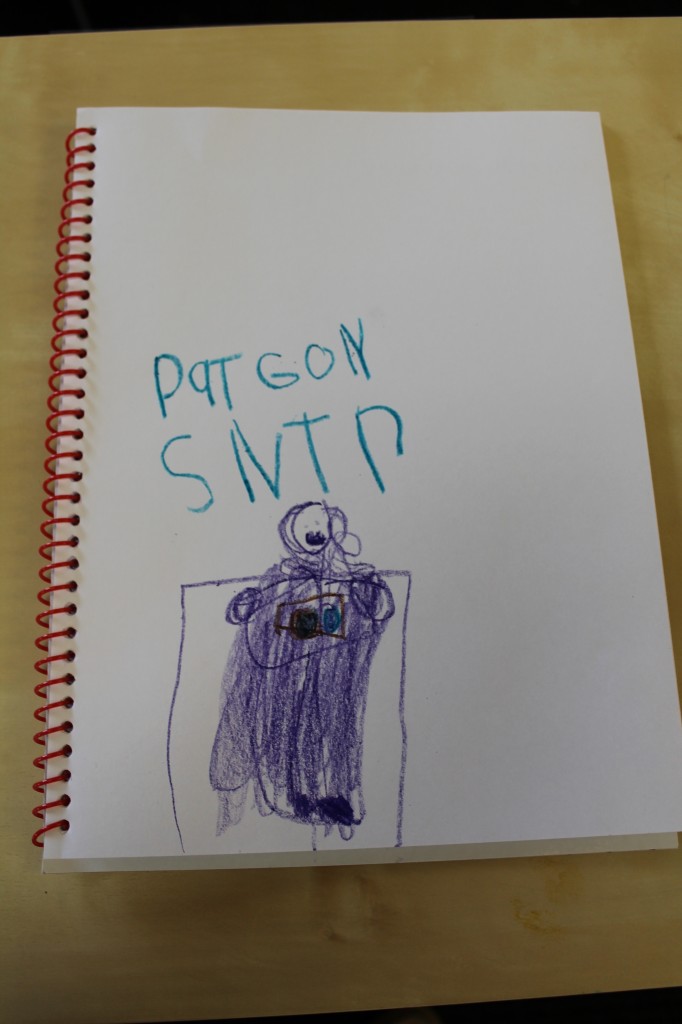
"Painting Center"
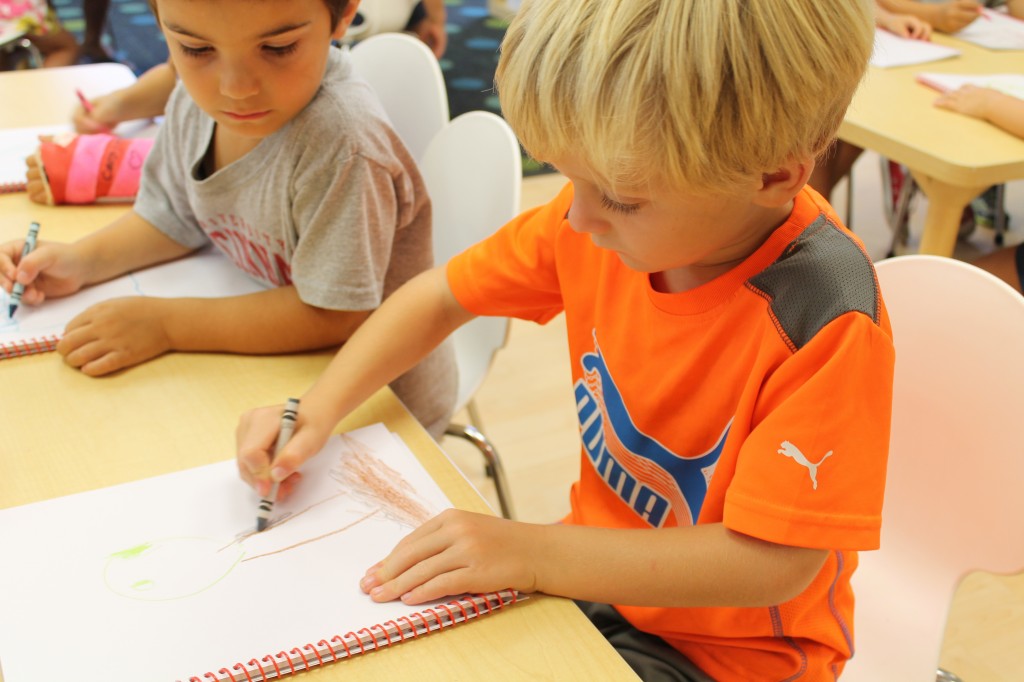
"I like to play on the playground."
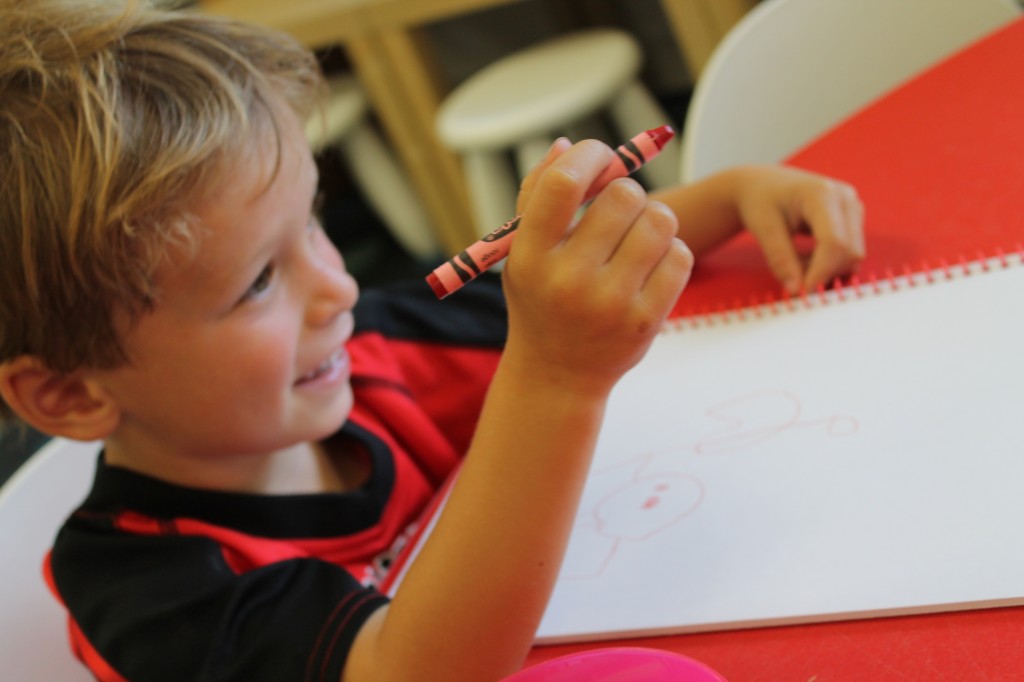
"Me and Bode Playing Basketball"
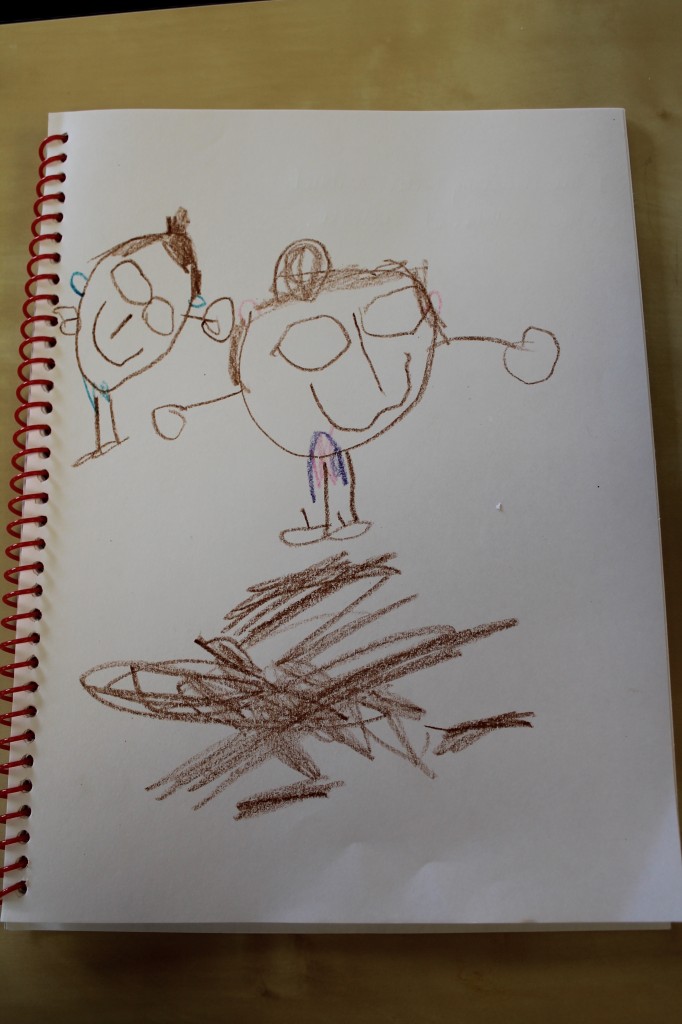
"To Draw with Sam on the Chalkboard"
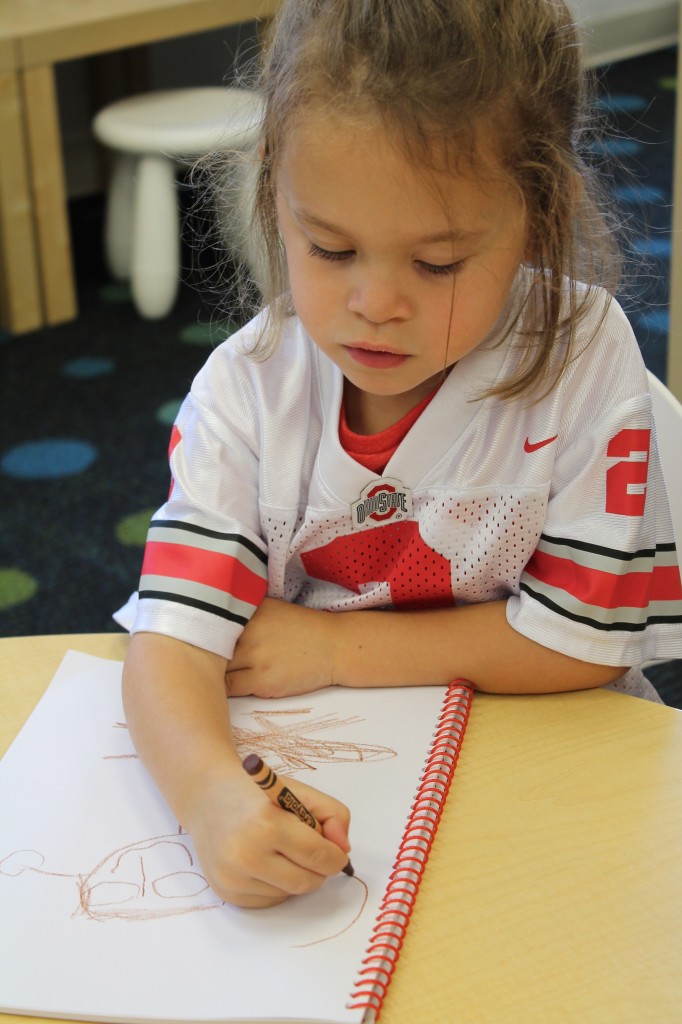
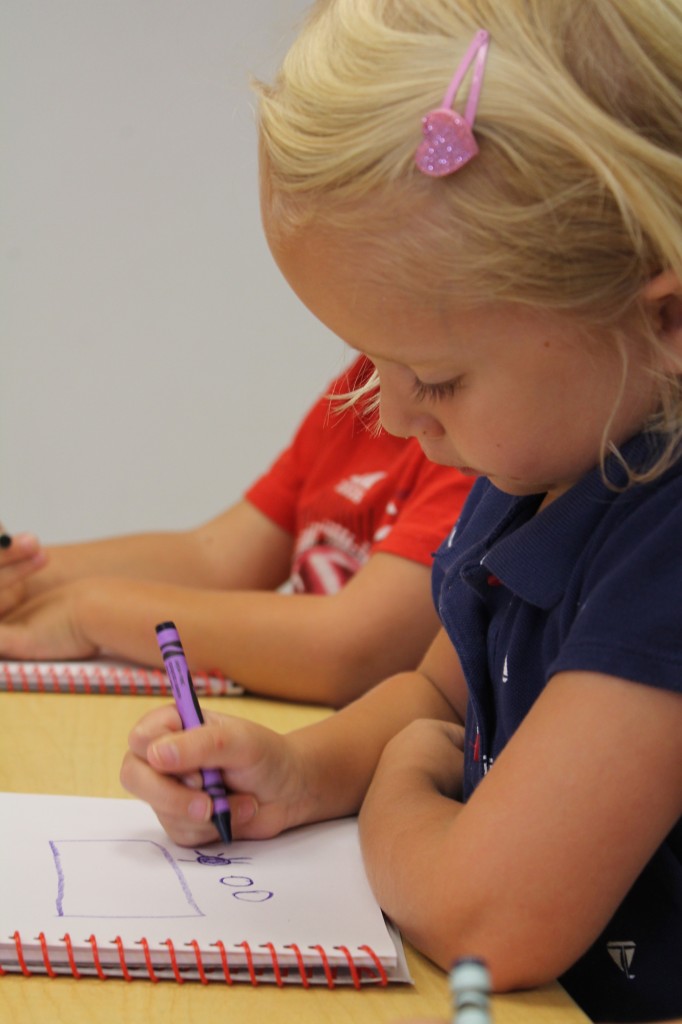
"I like to play in the writing center."
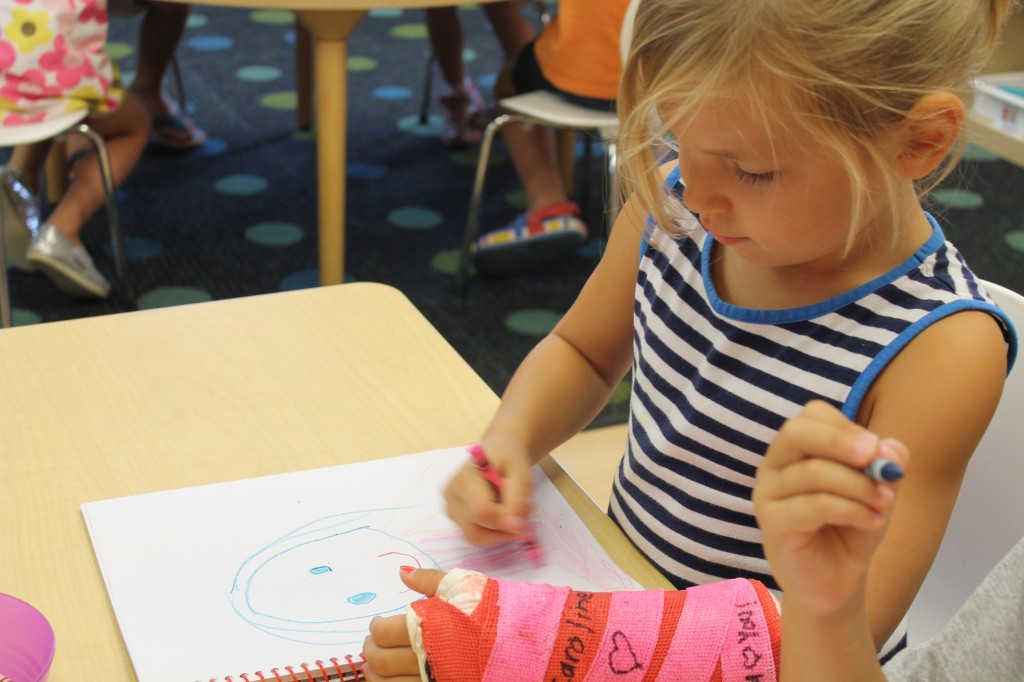
"I like when my family comes to school."
Writing on a vertical surface is beneficial to a child who is a beginning writer. The angle of a the vertical surface makes it easier for children to see and, as a result, develop fine motor skills. The slant of the board also promotes shoulder, arm and hand coordination.


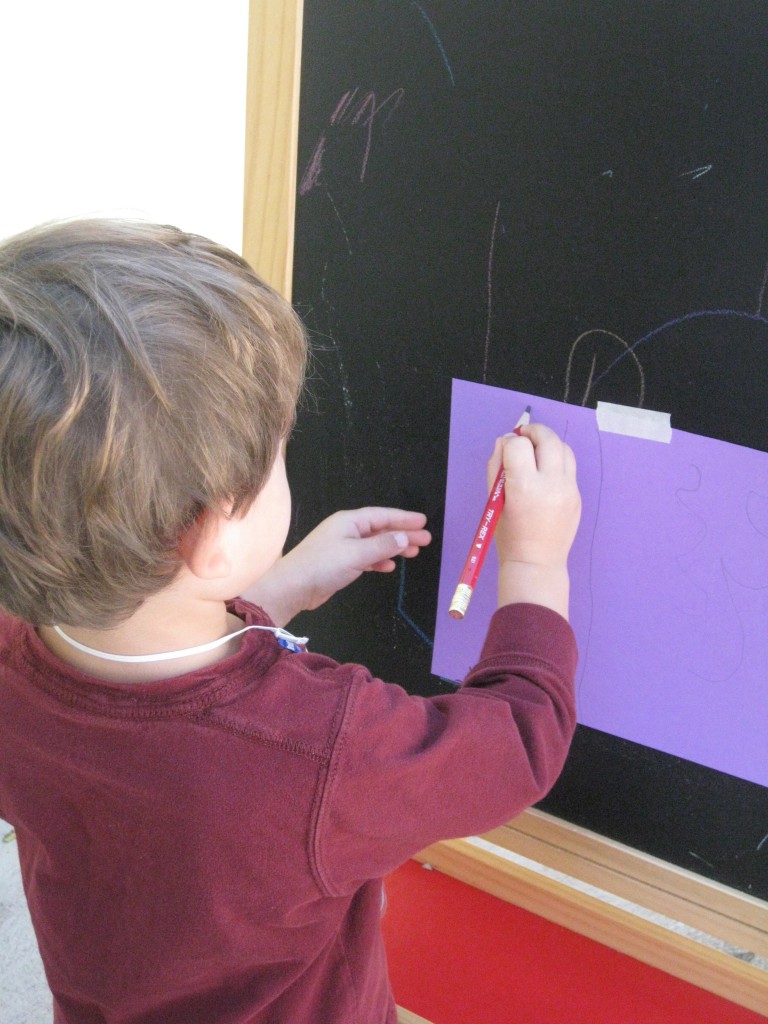



Creative Tots has specialized in the private education of both toddlers and preschool age children for over 15 years. We began in the heart of Madeira and now also have a new Mason location. We are specifically designed to focus on early childhood development for children ages 18 months to 5 years.

Click below to learn more about our program offerings:
